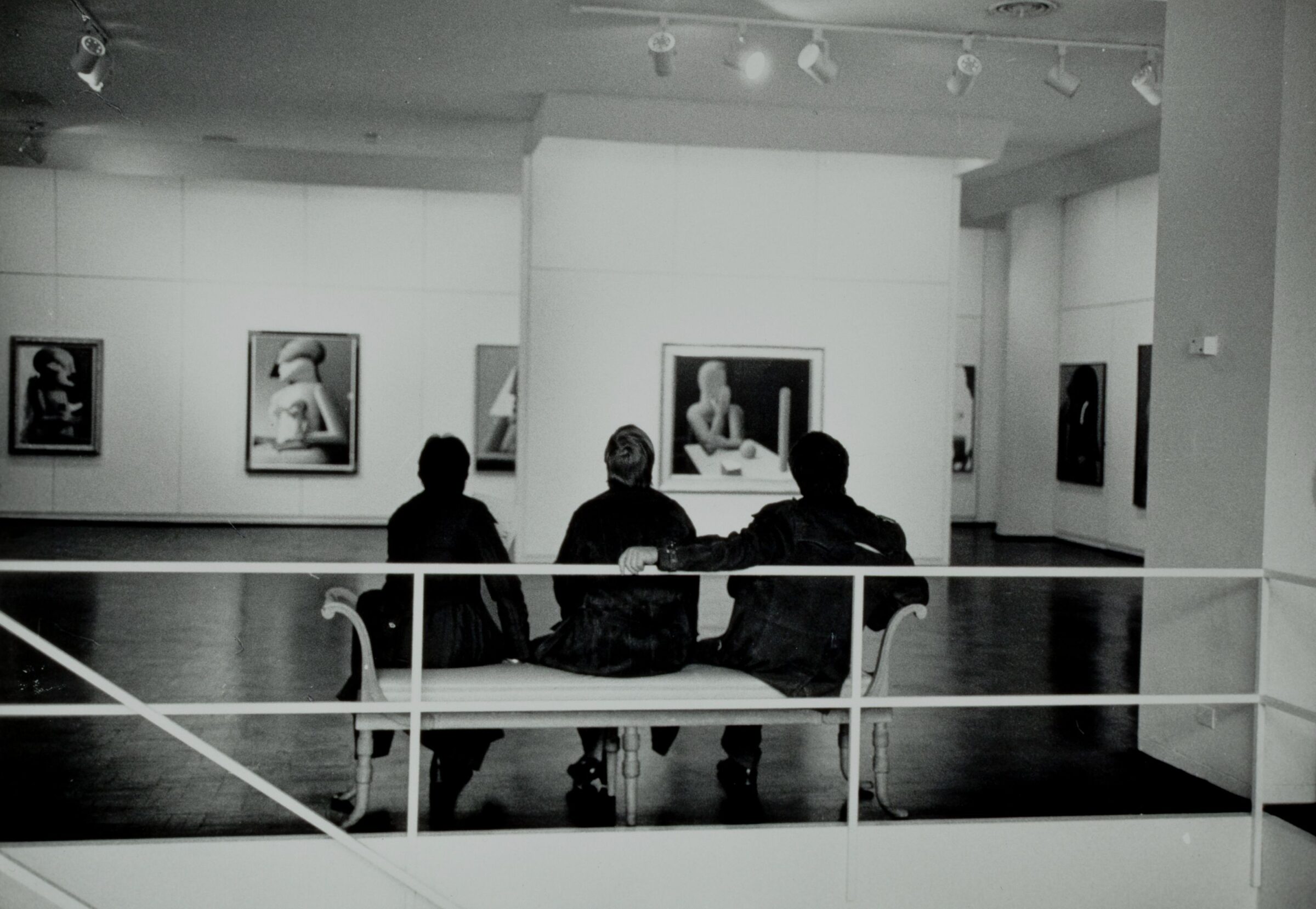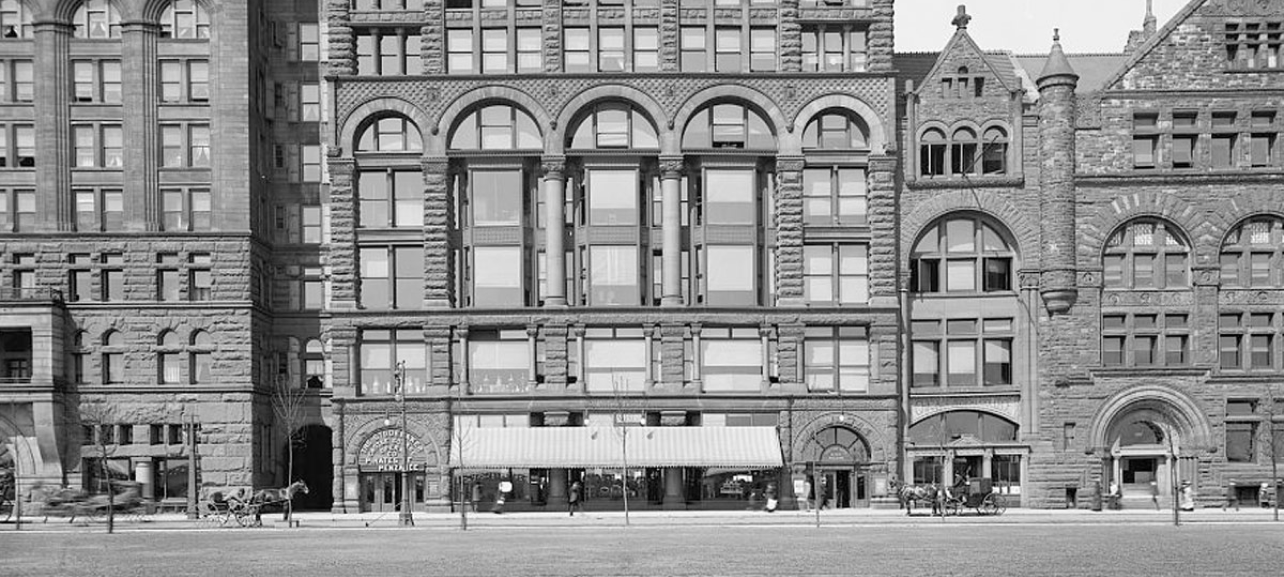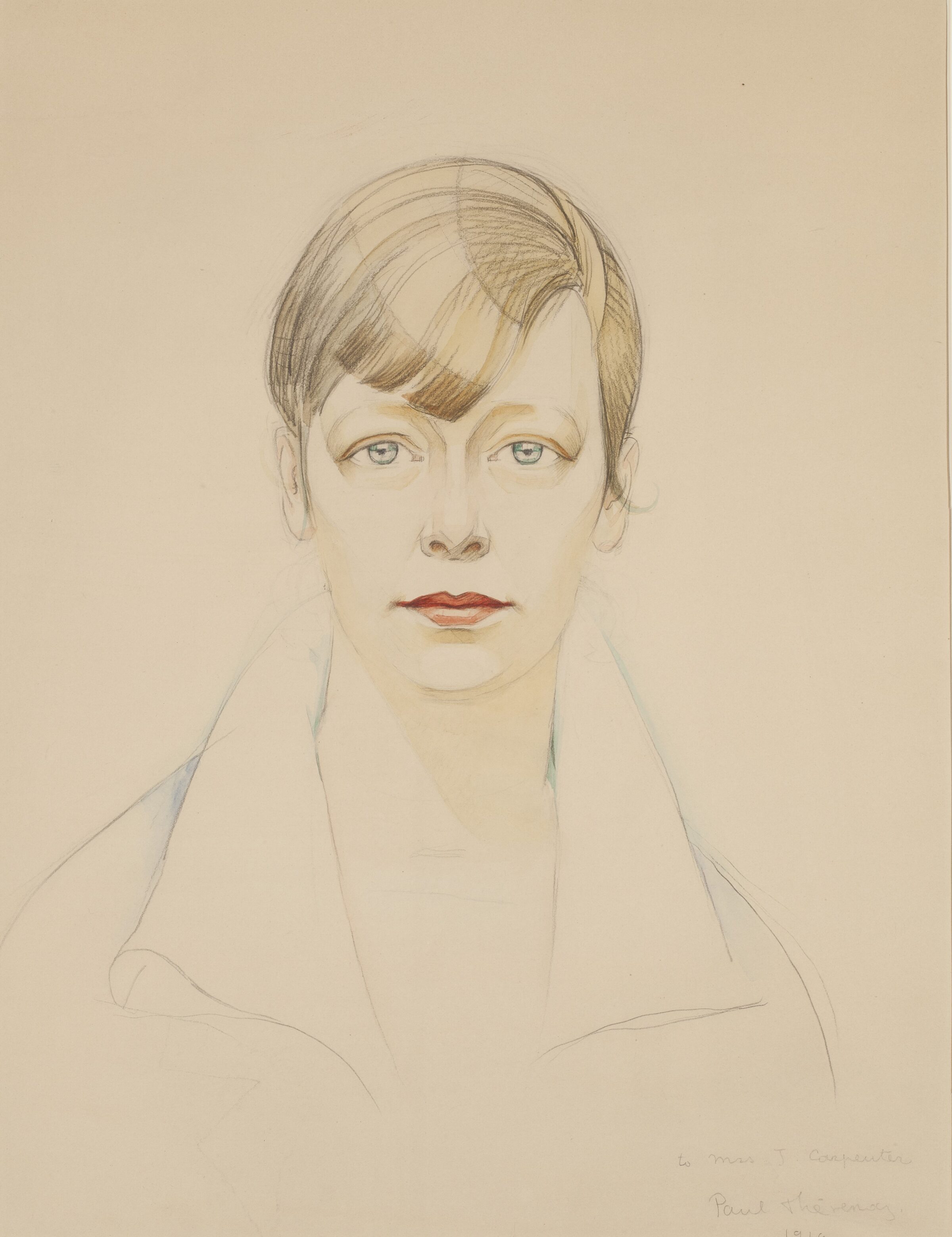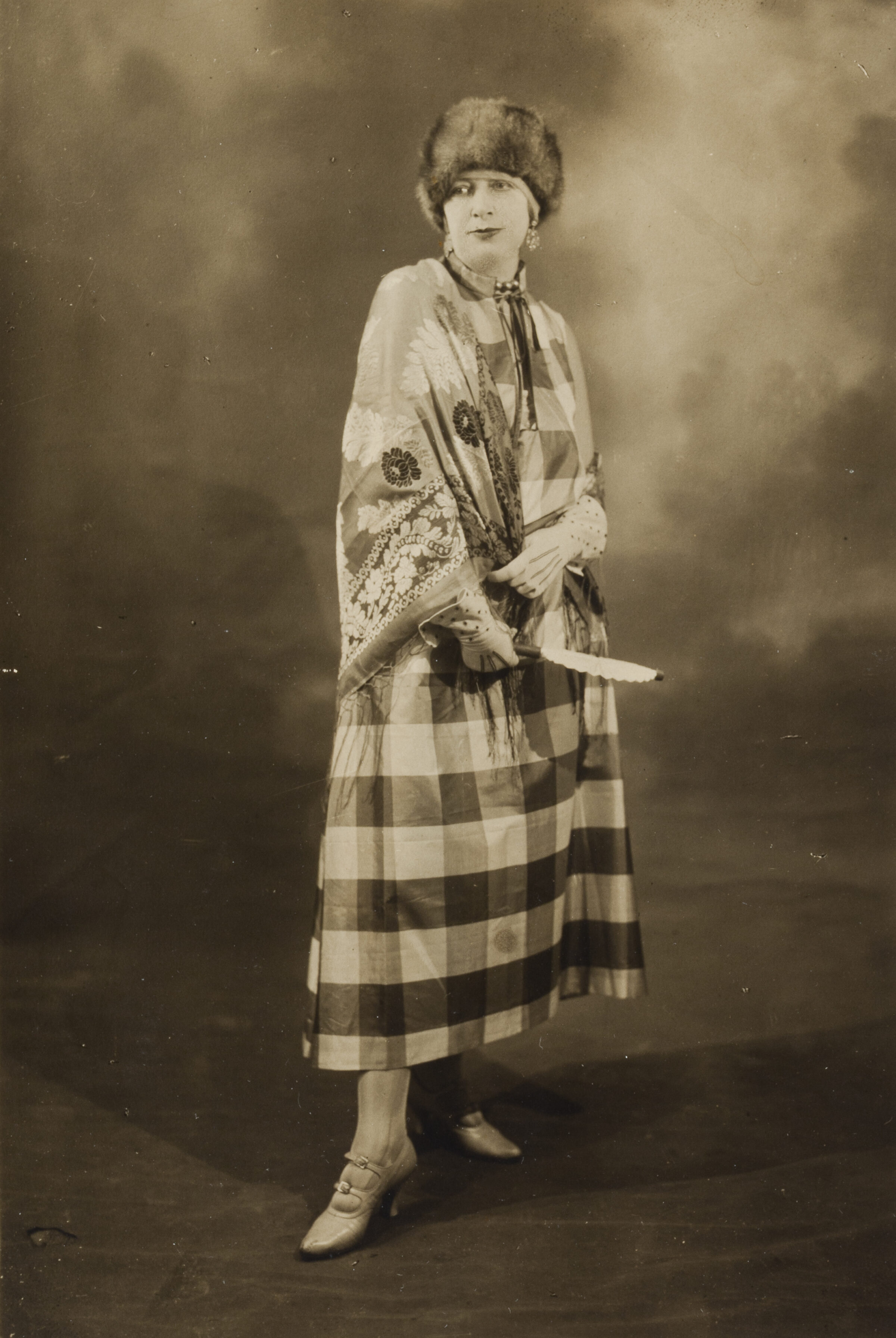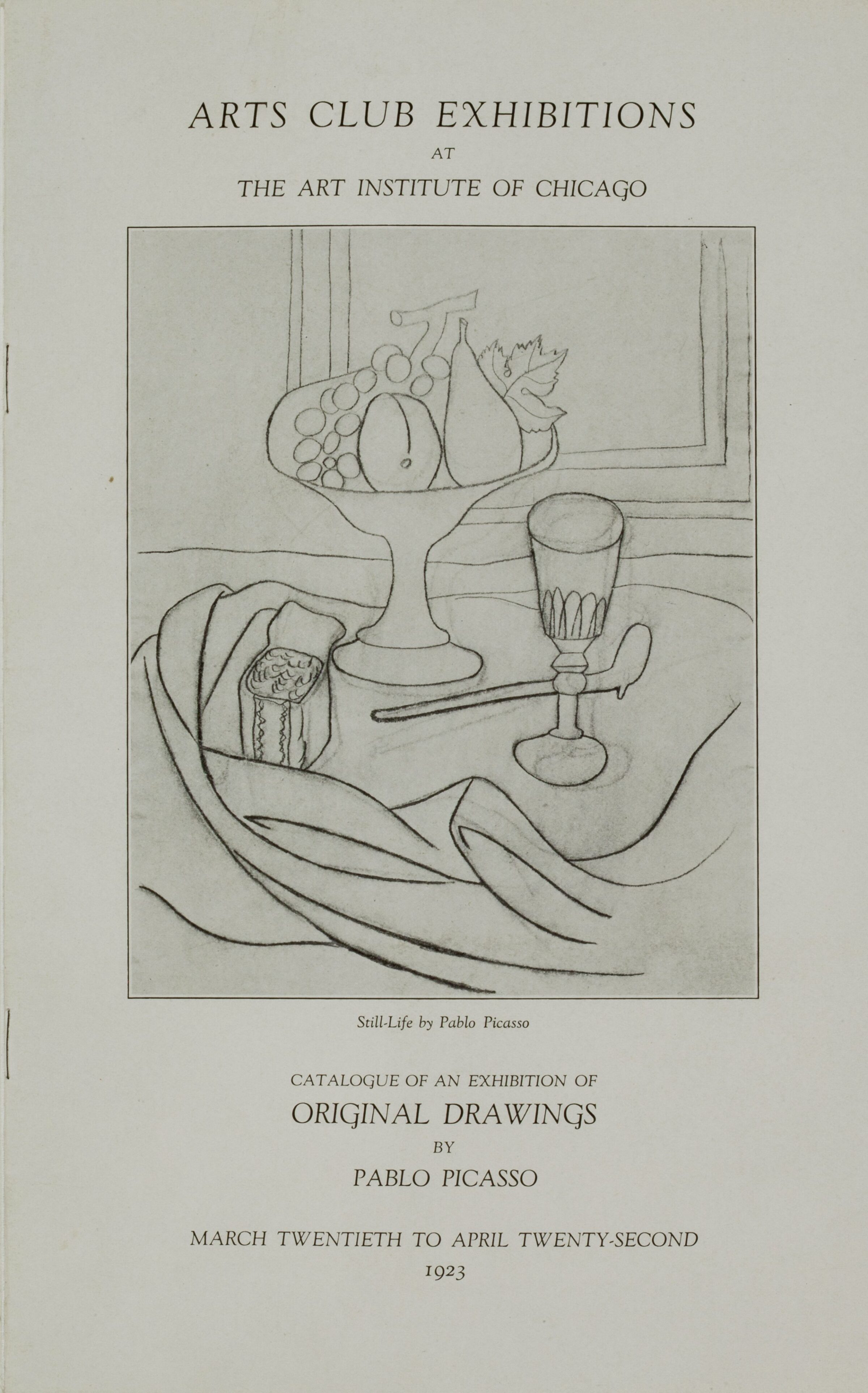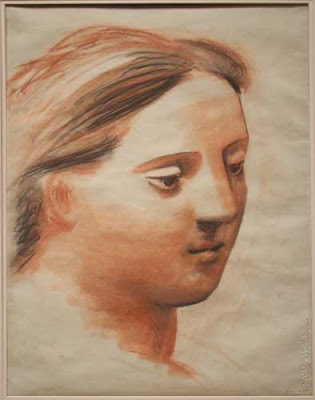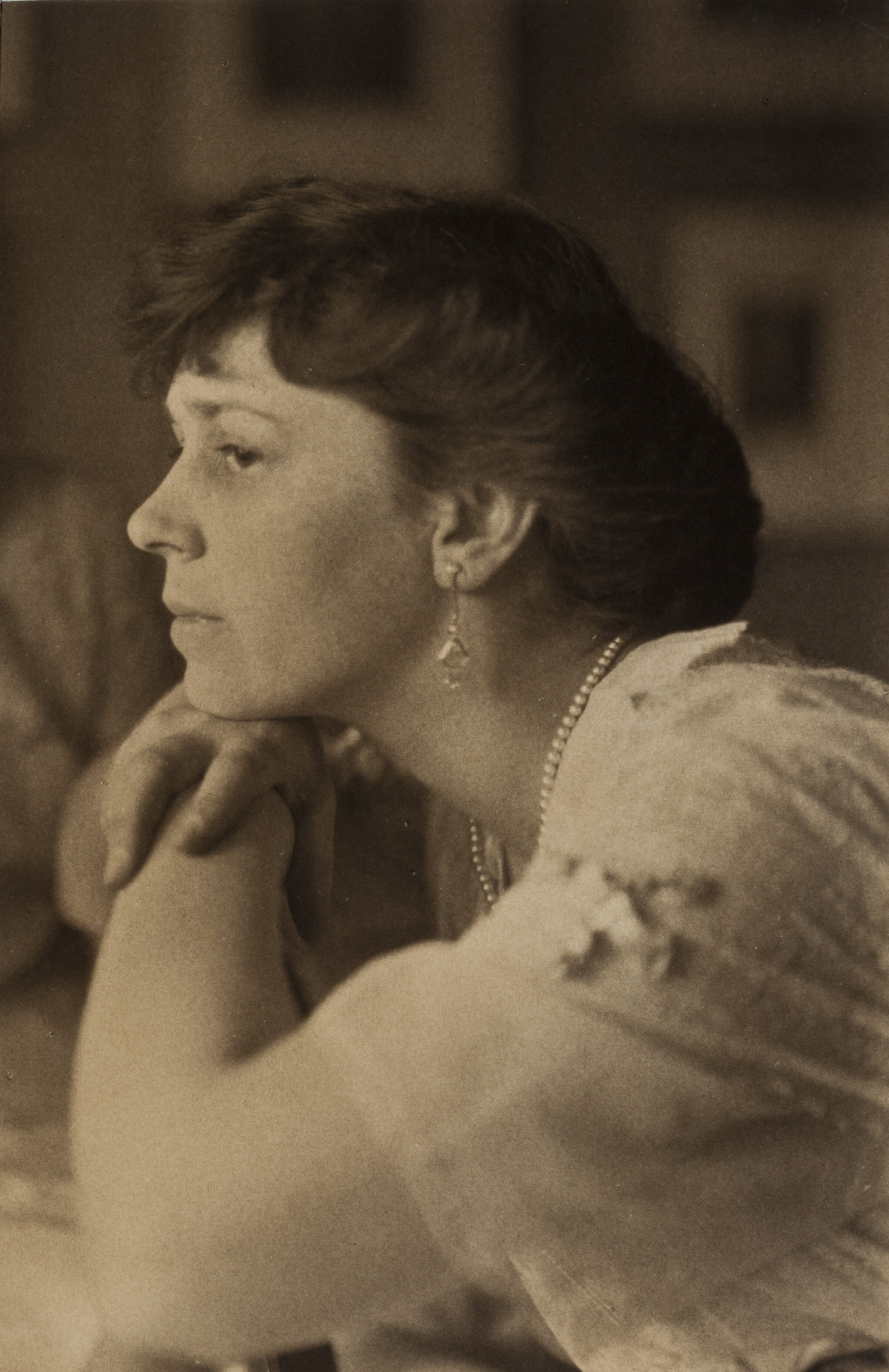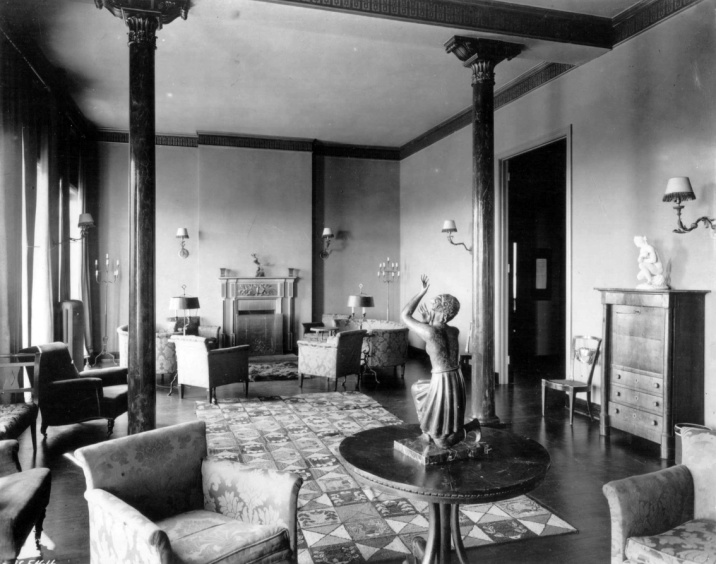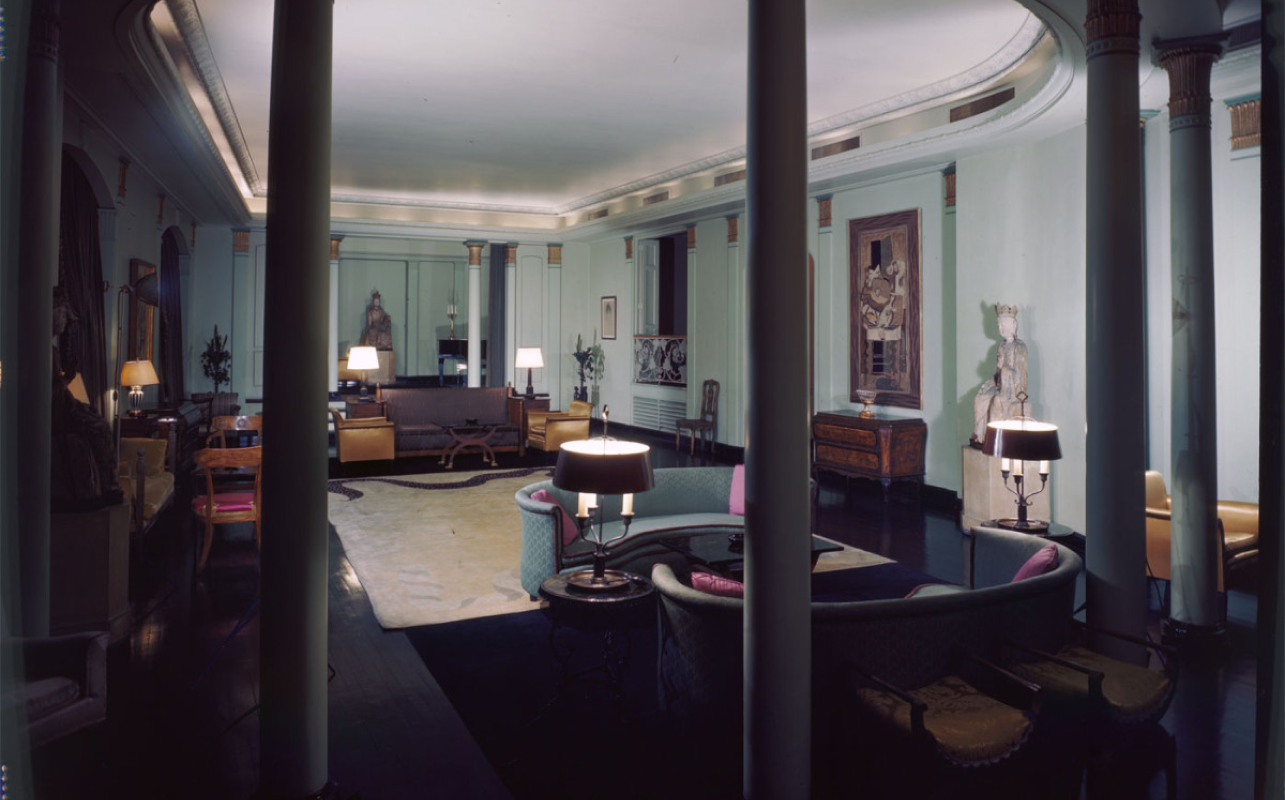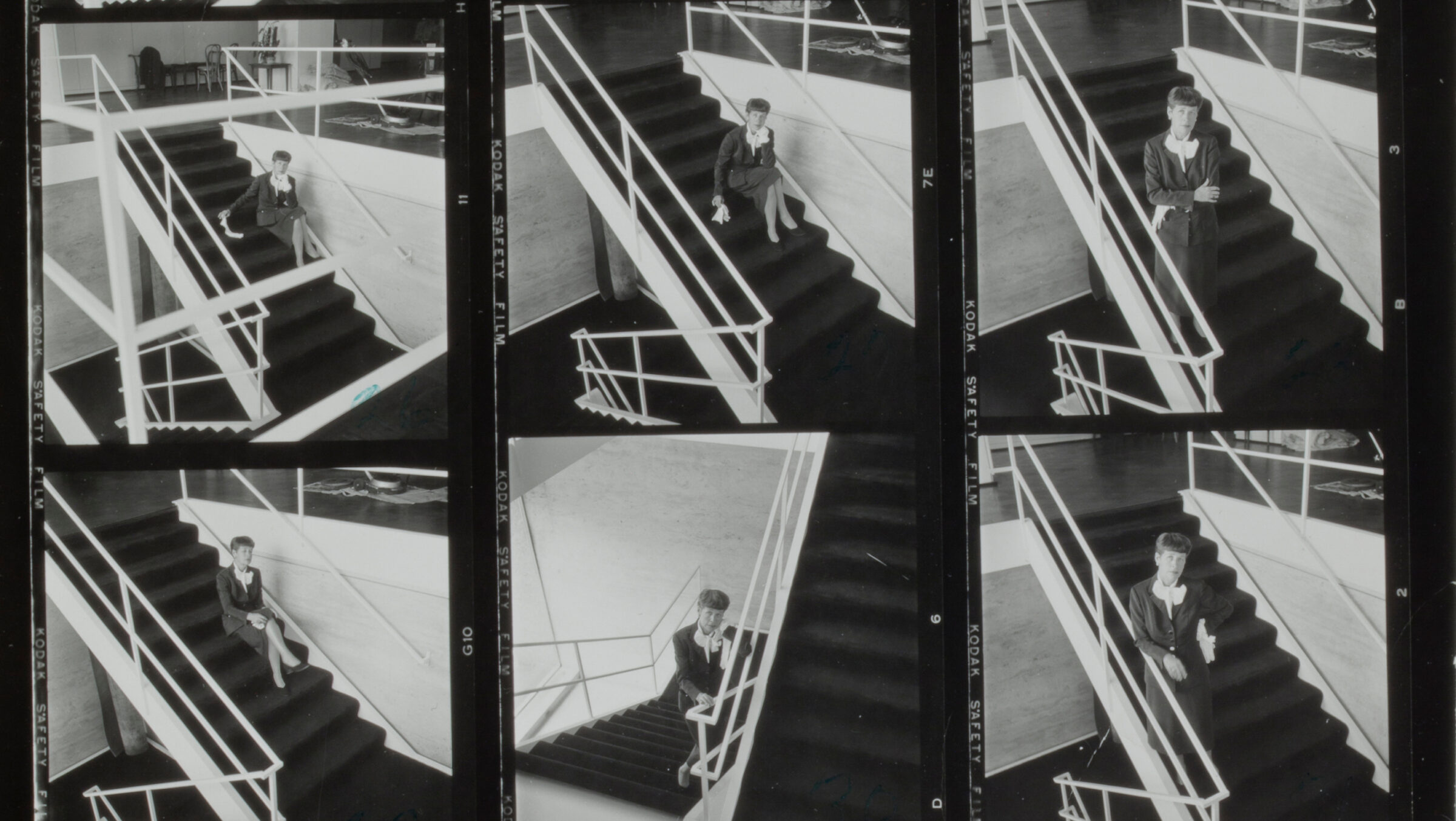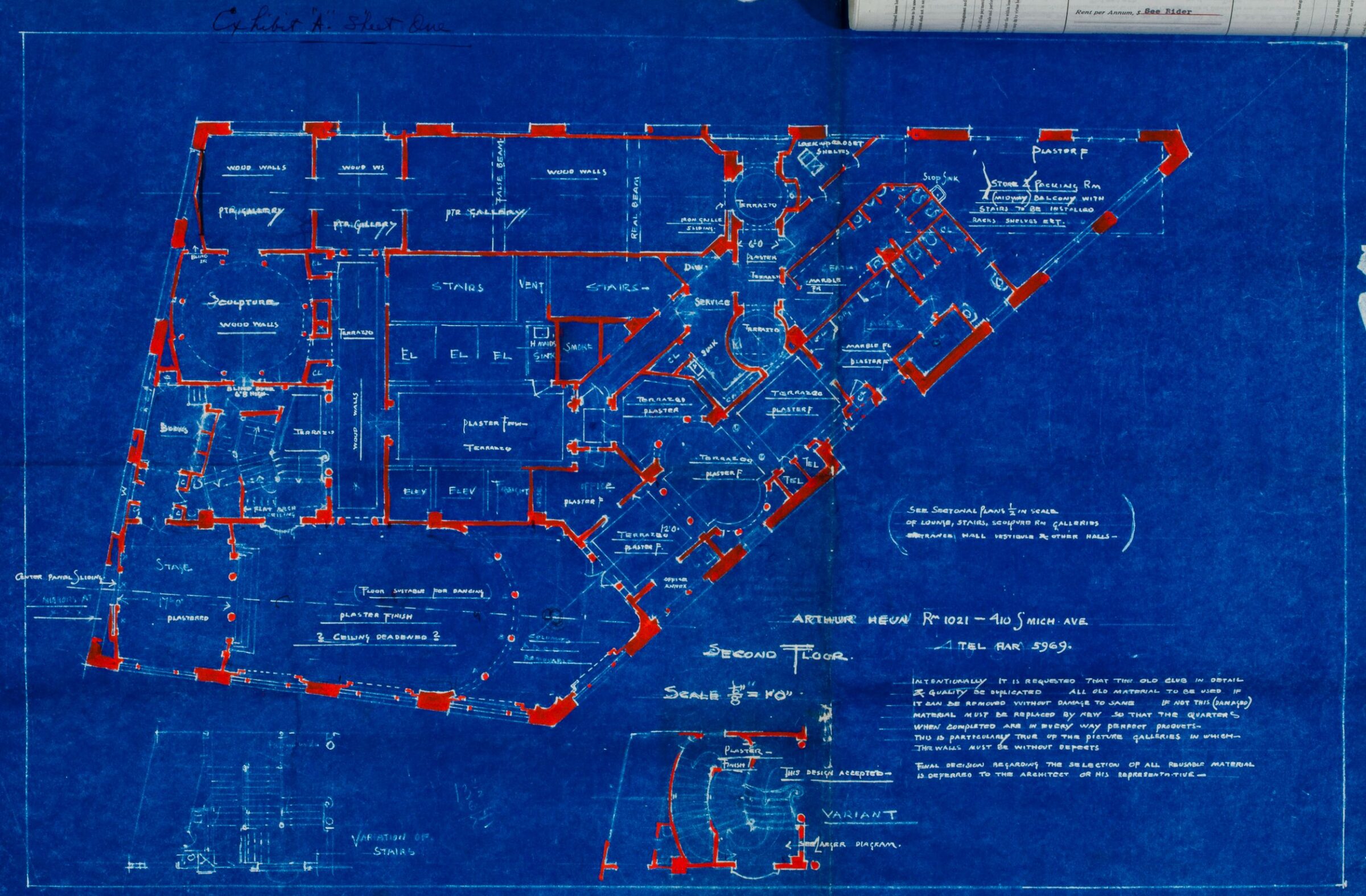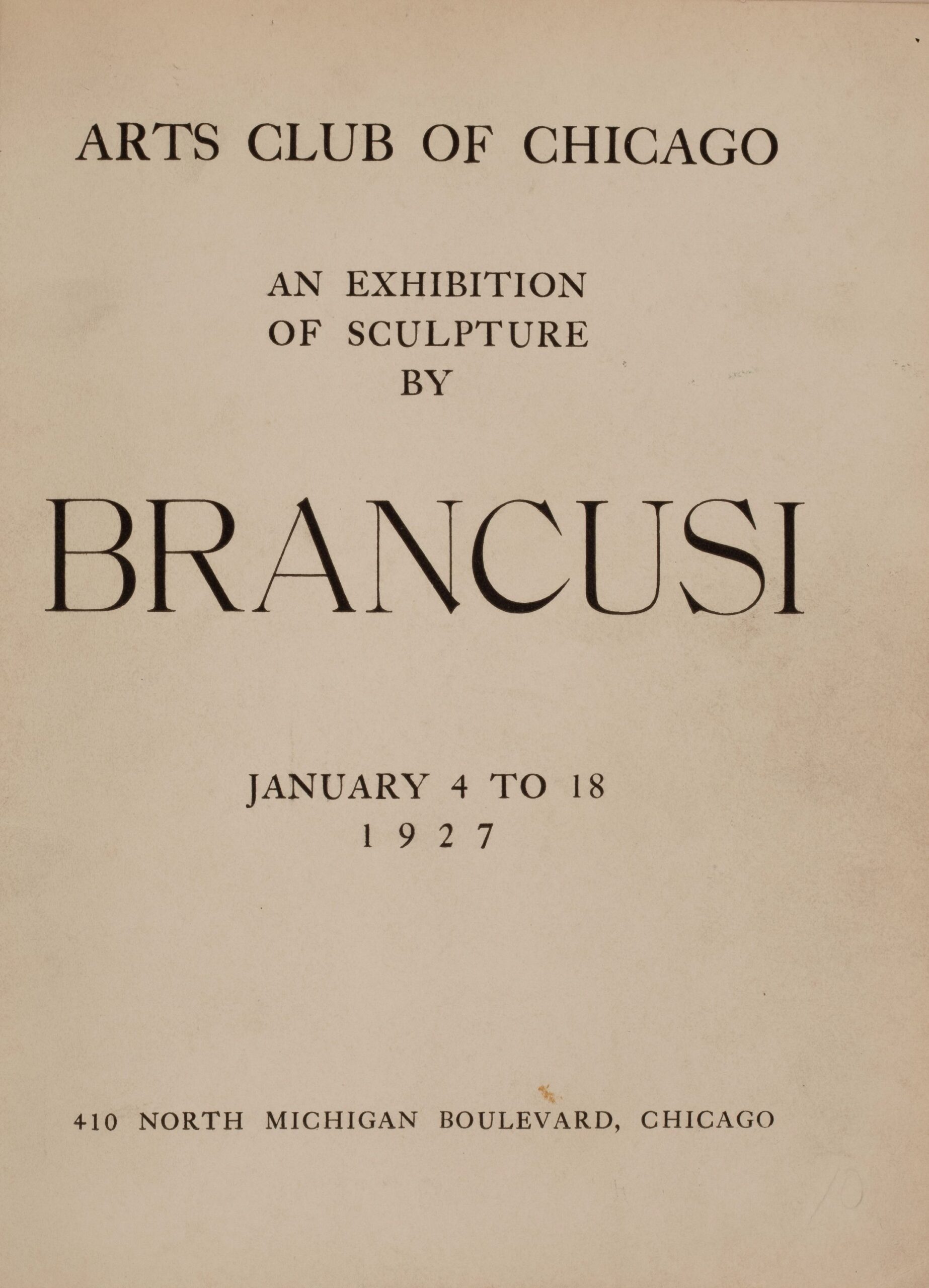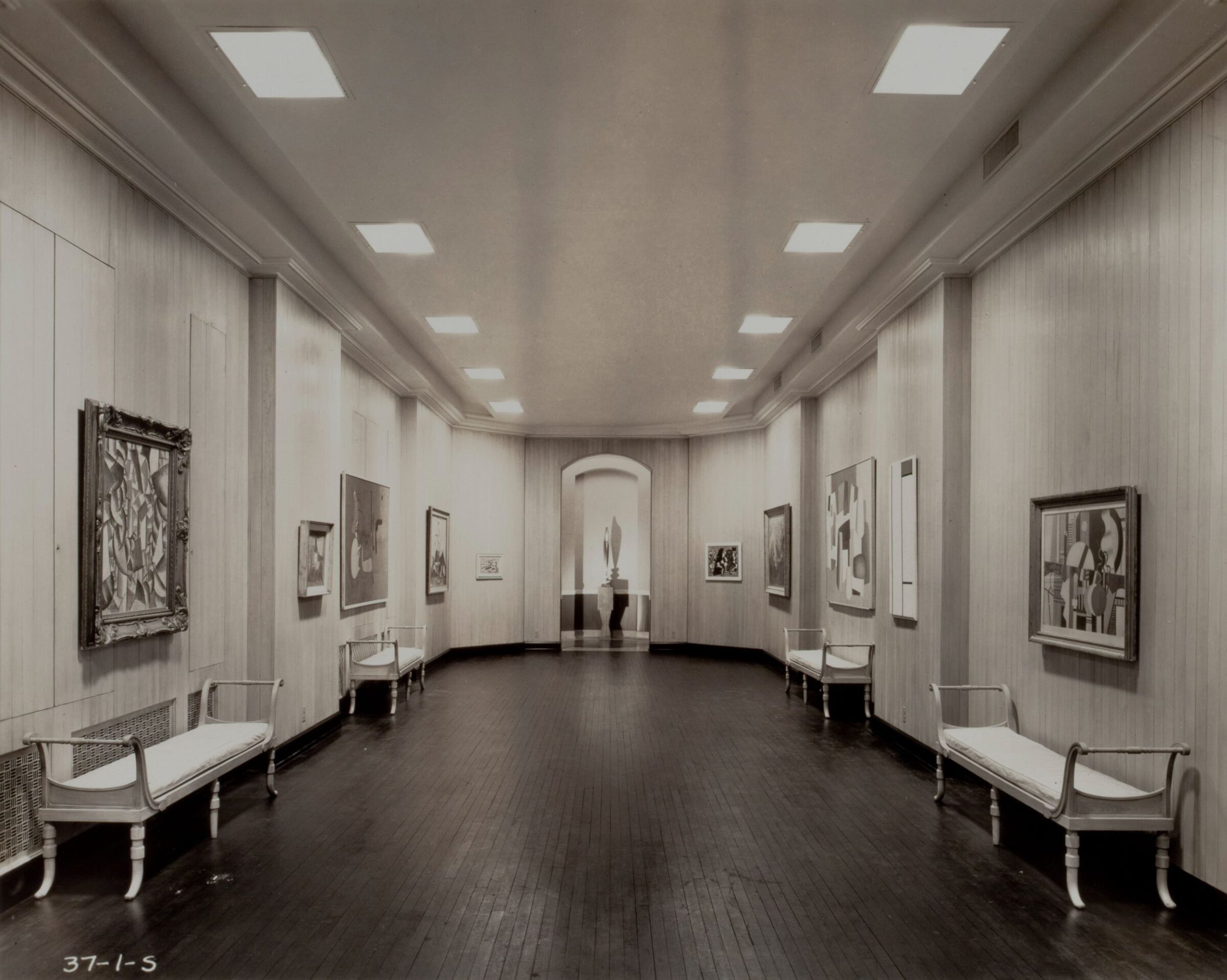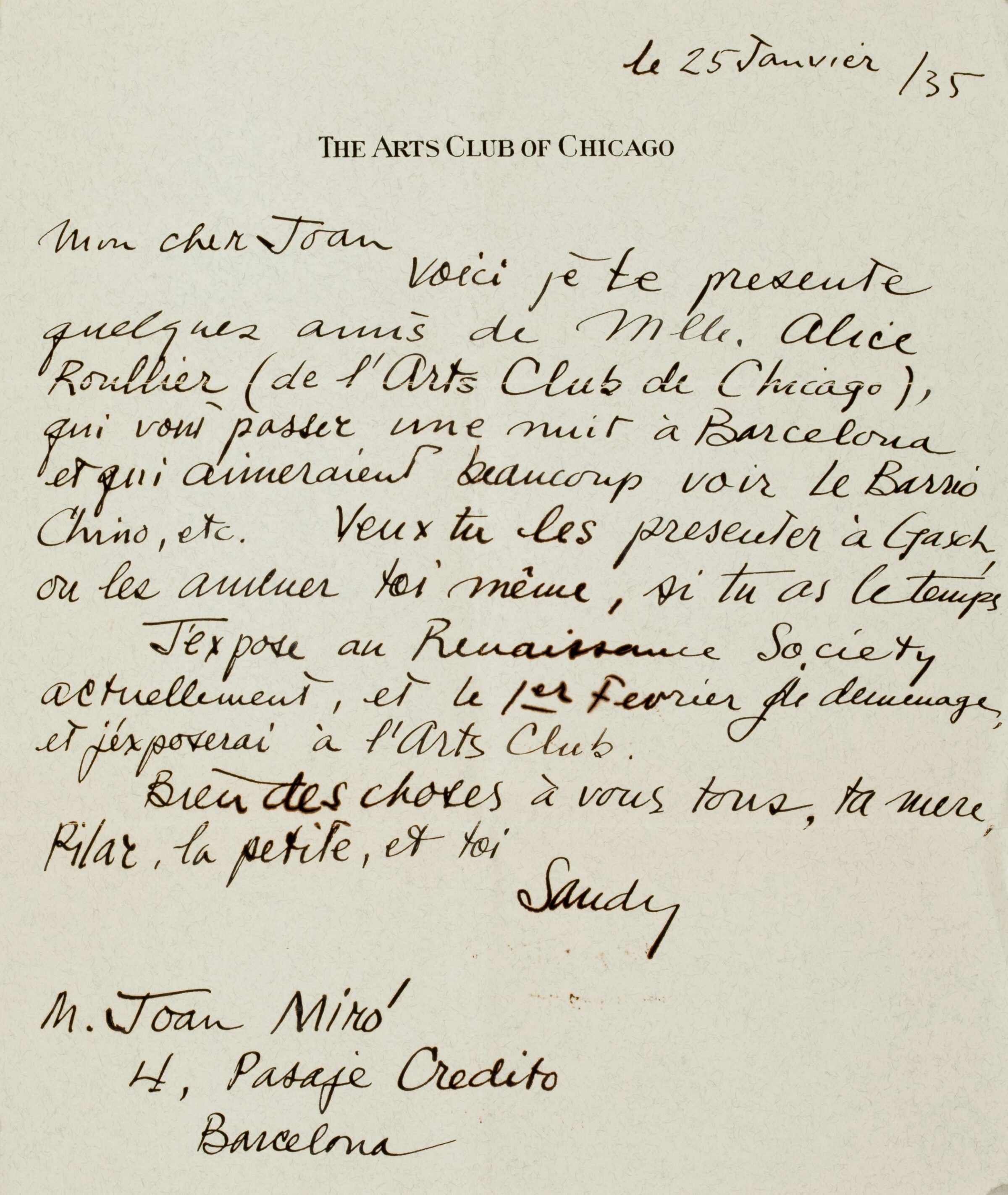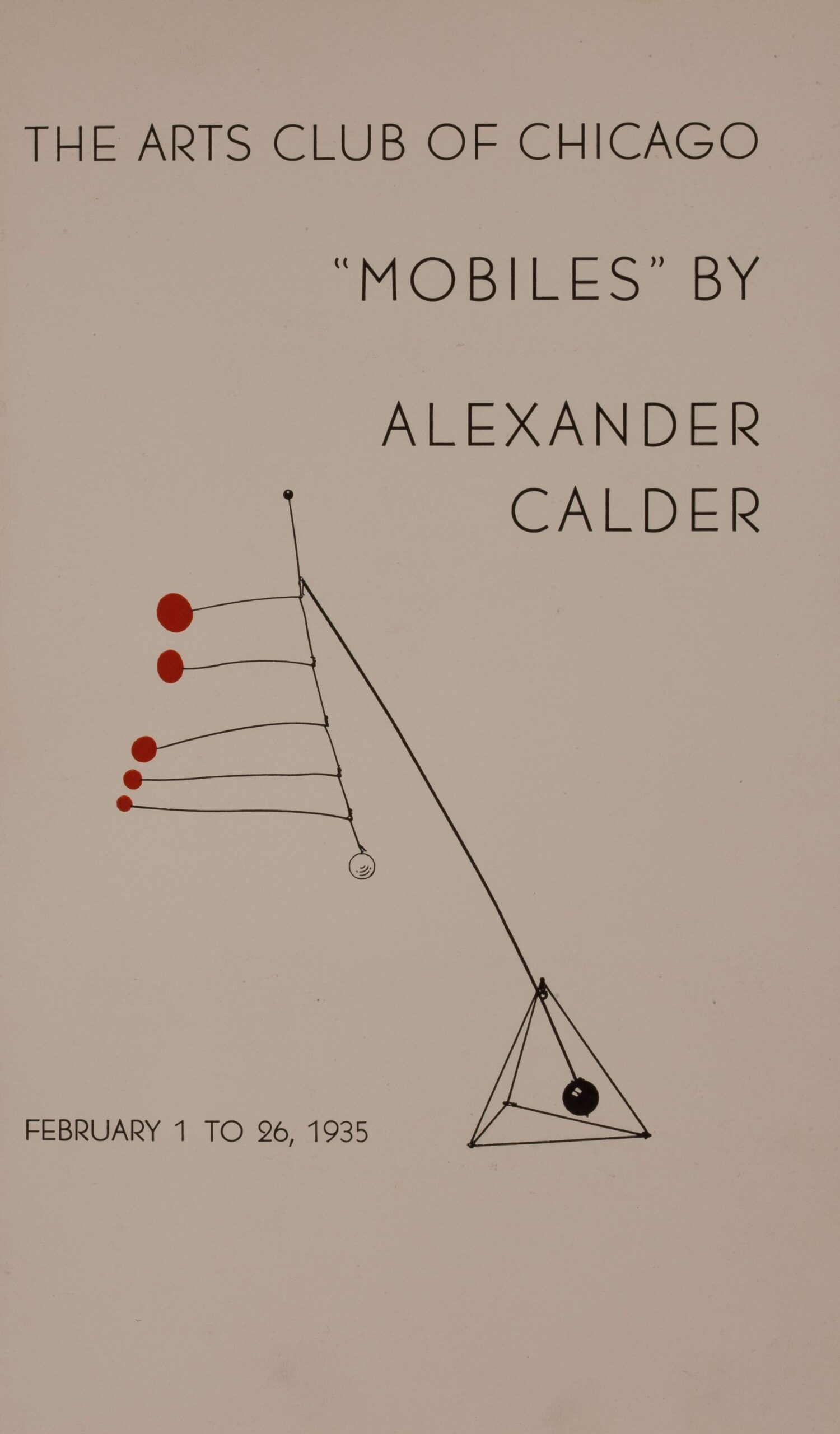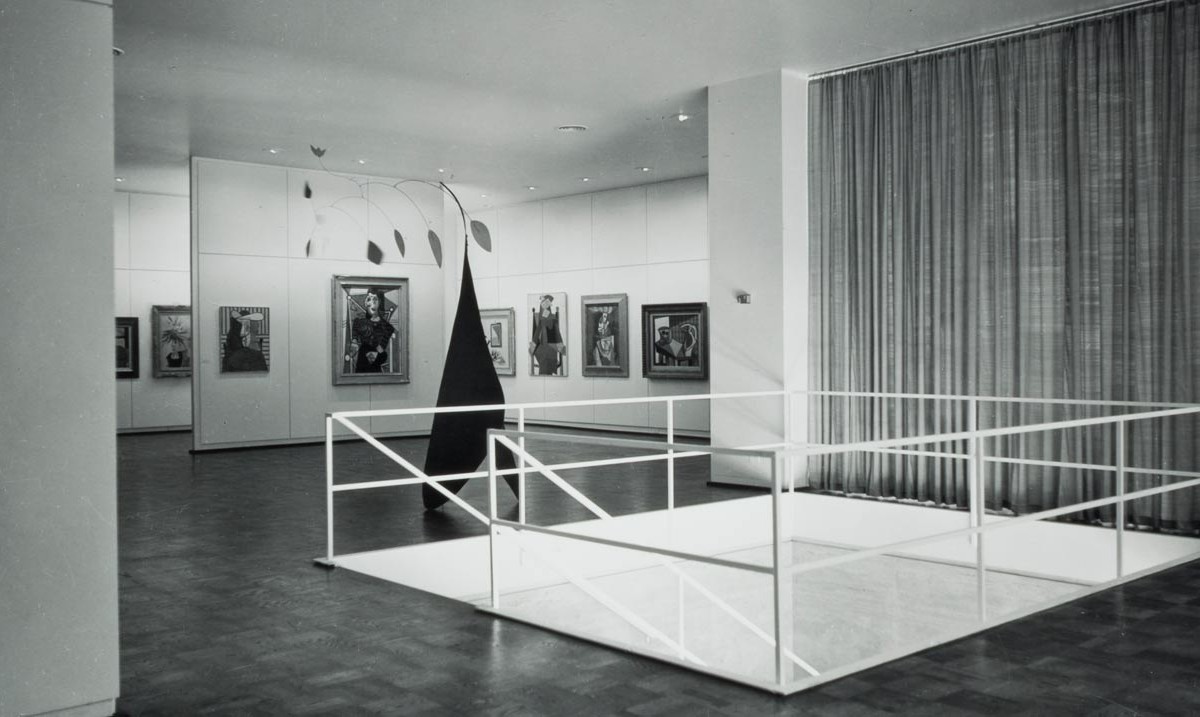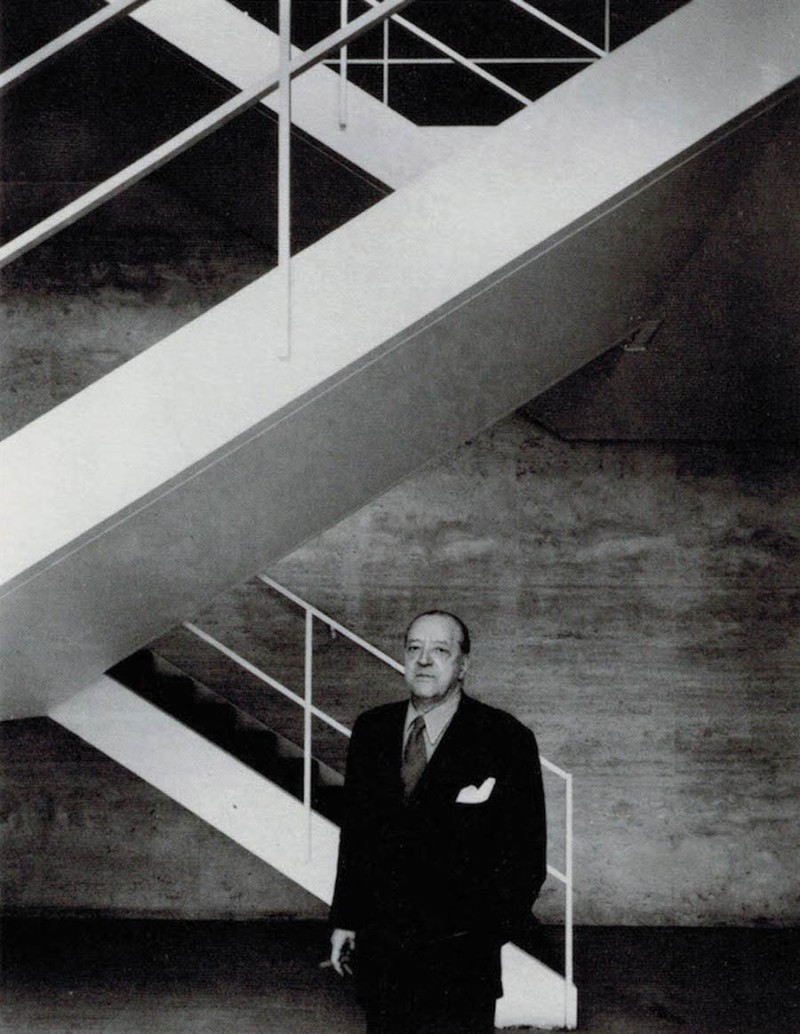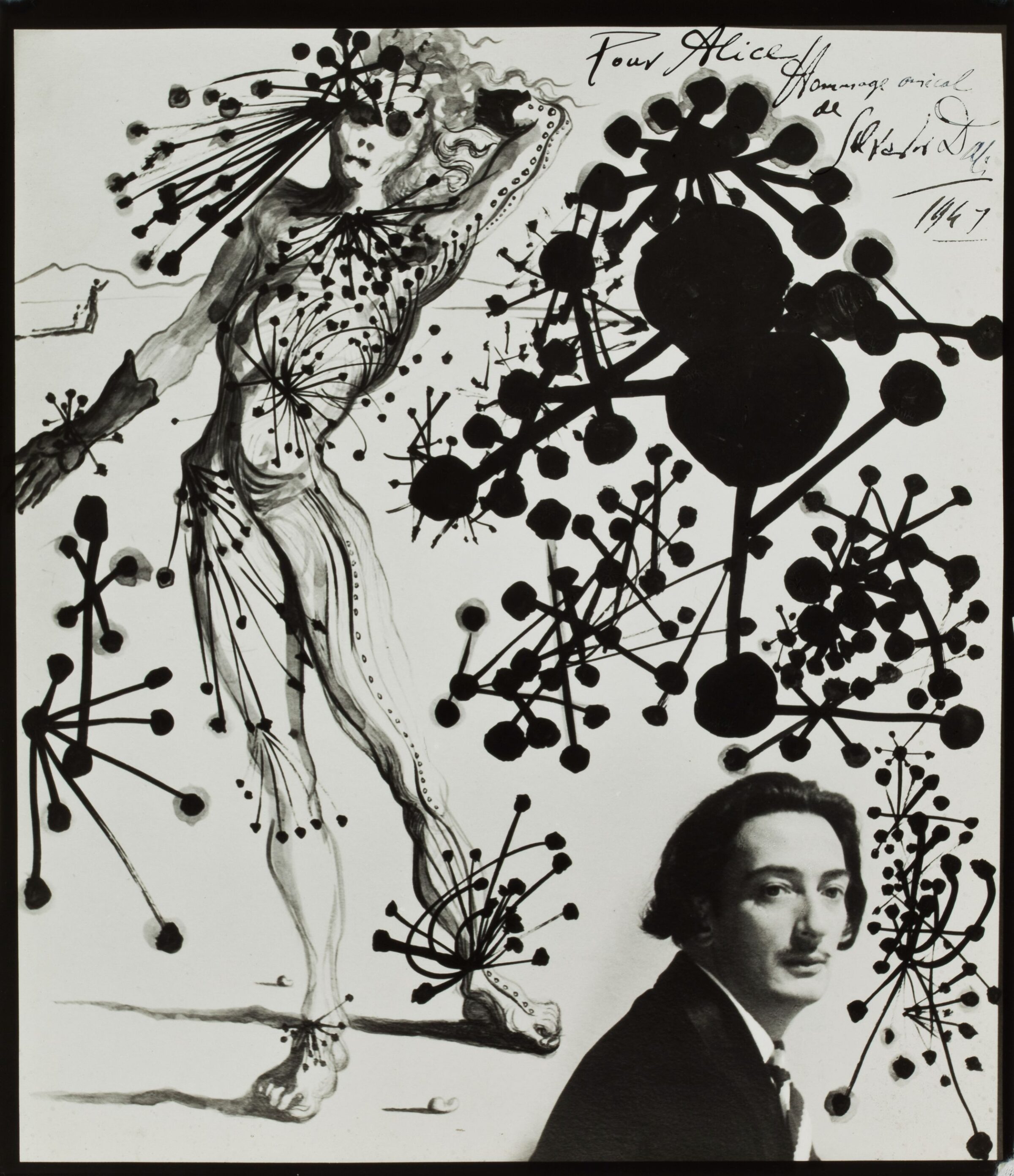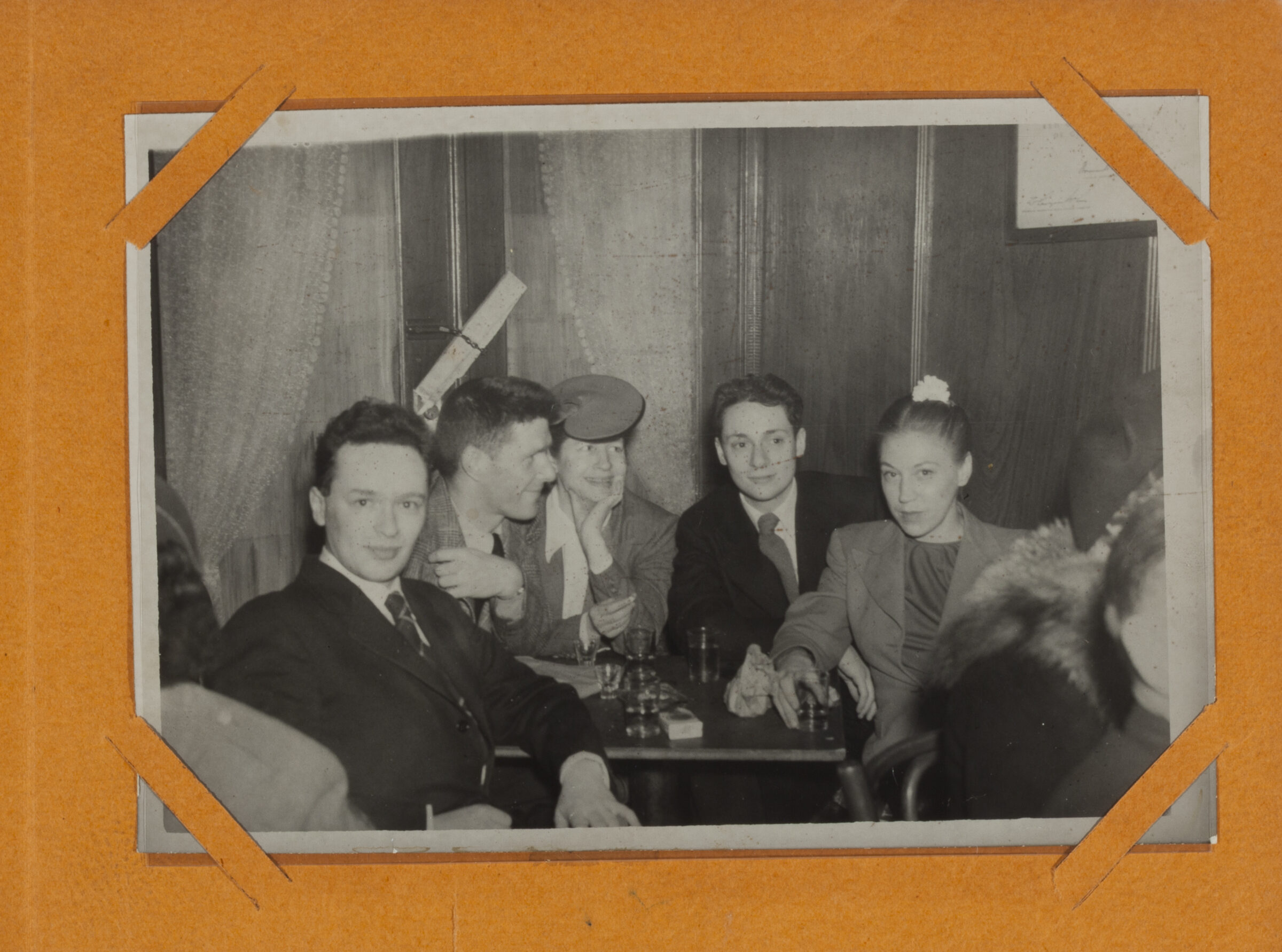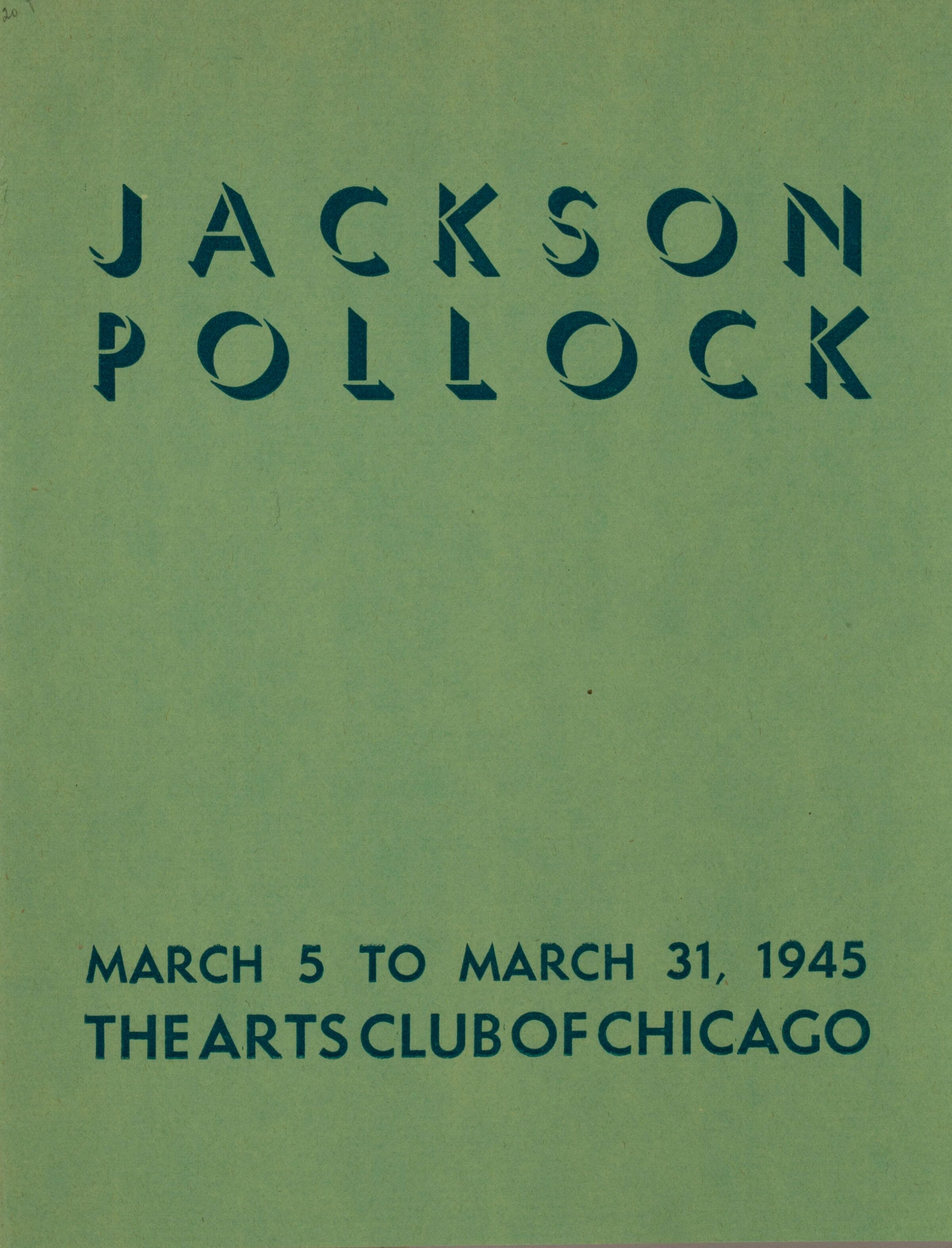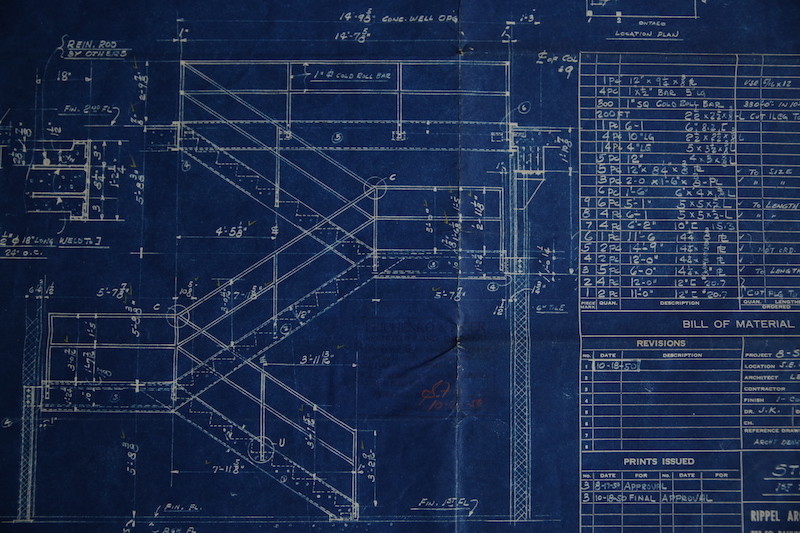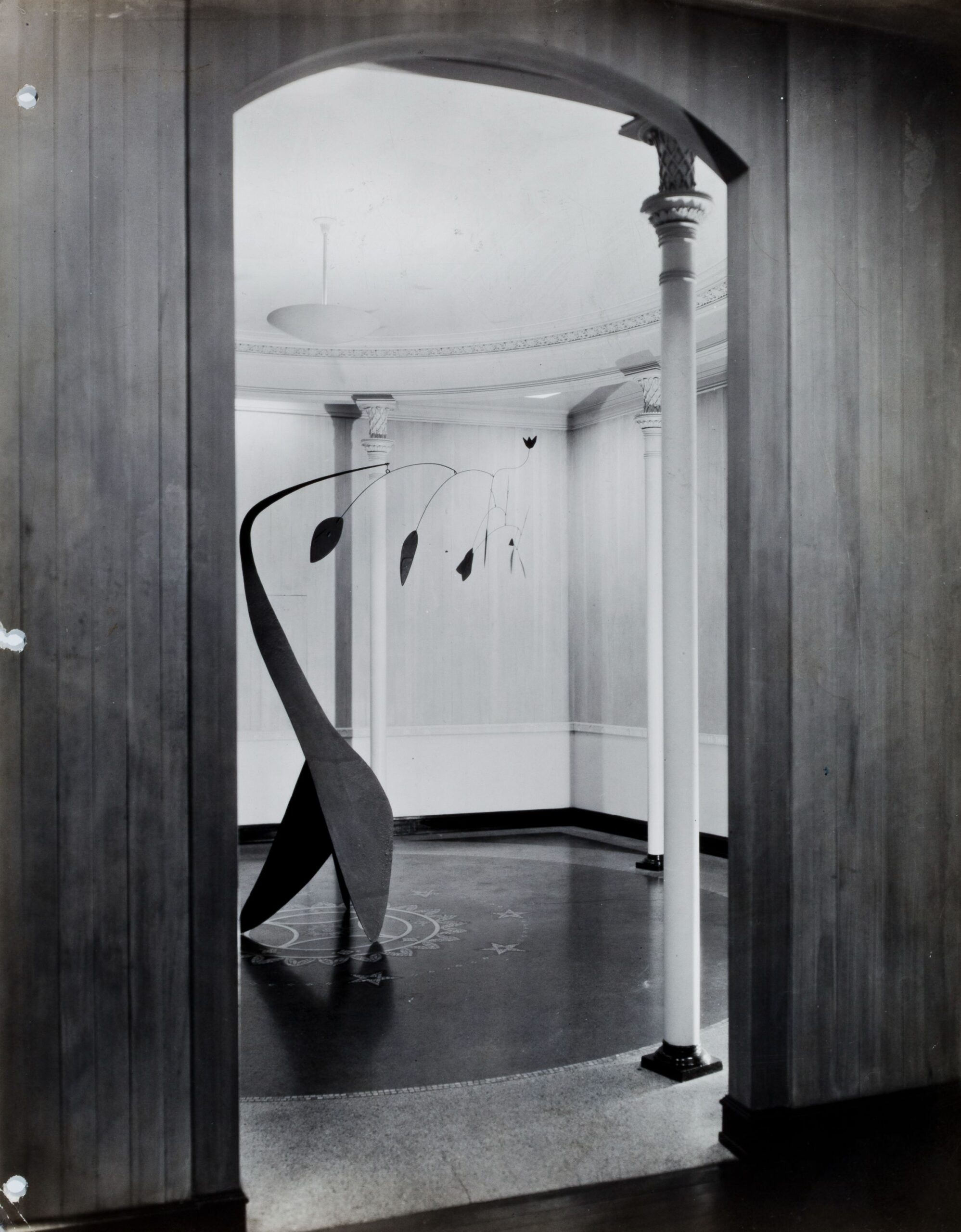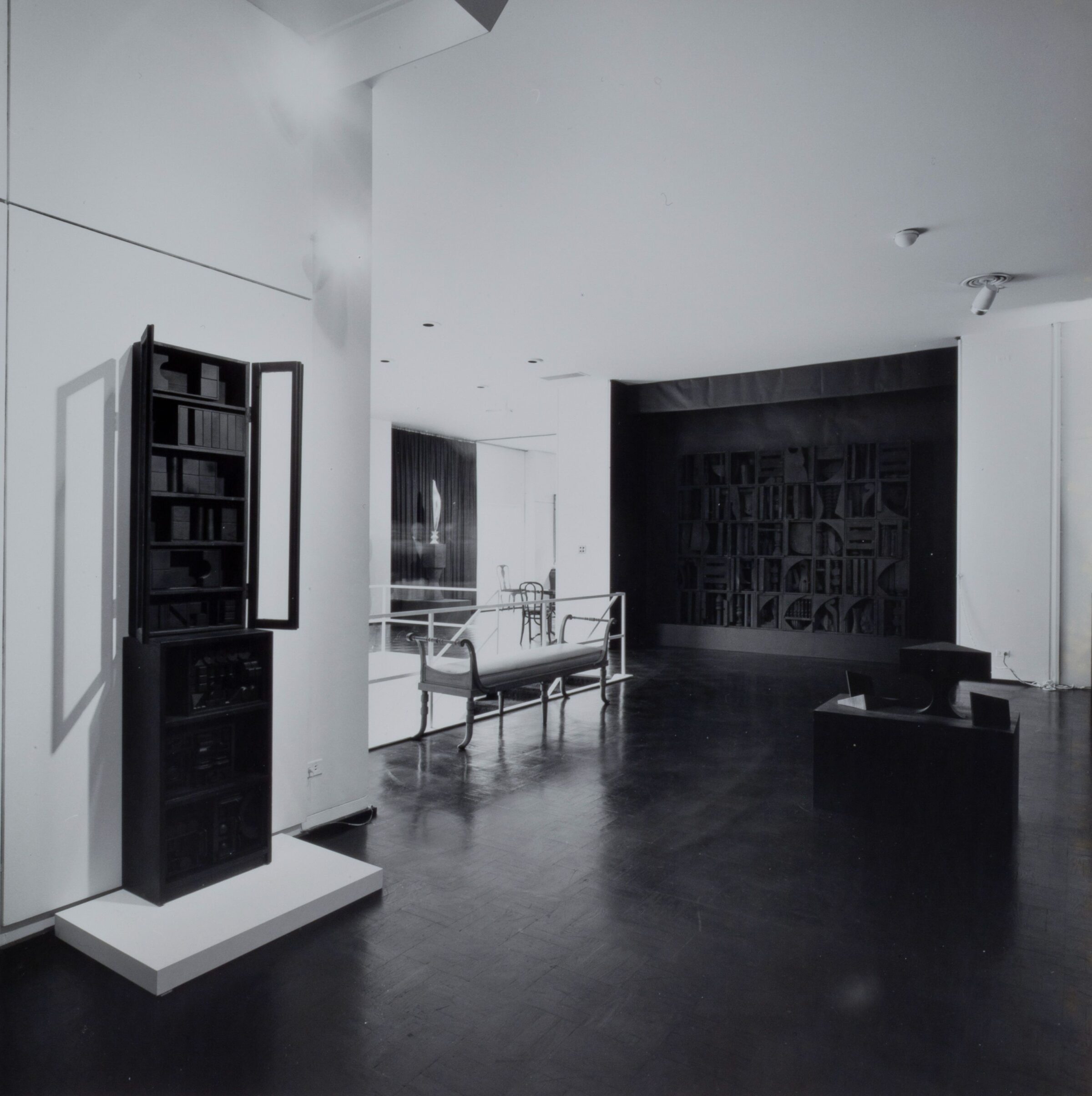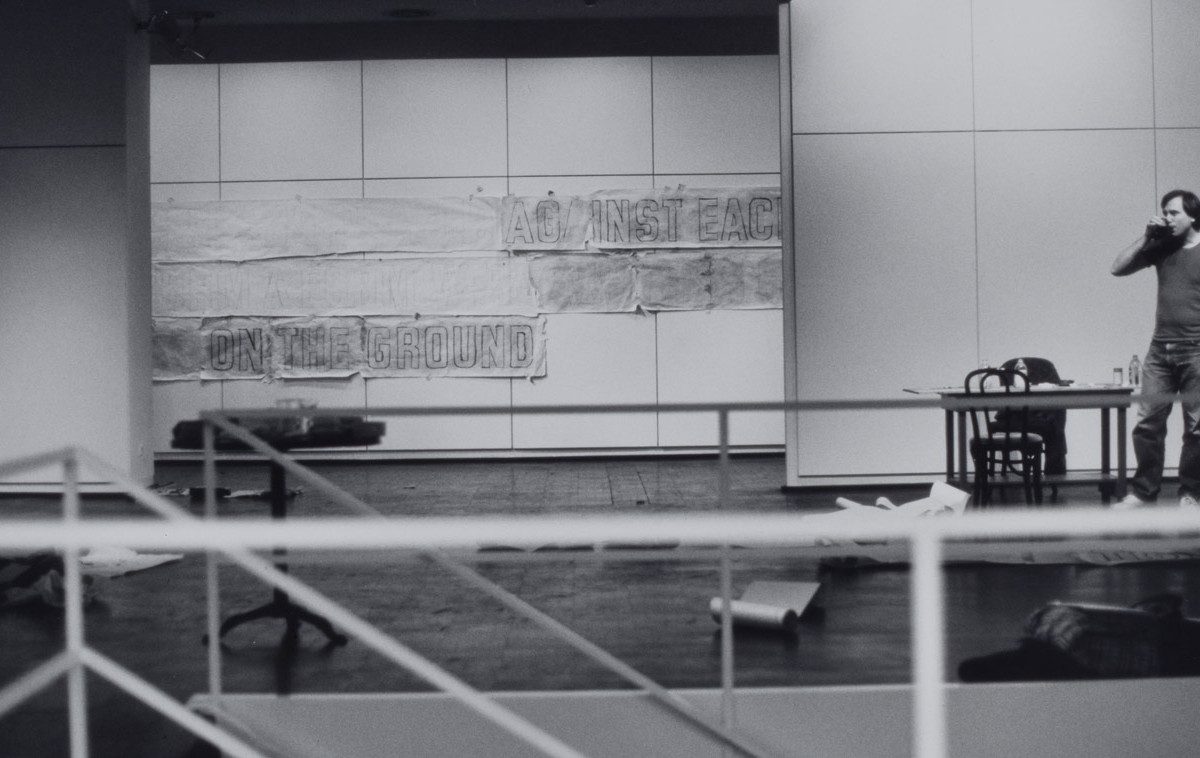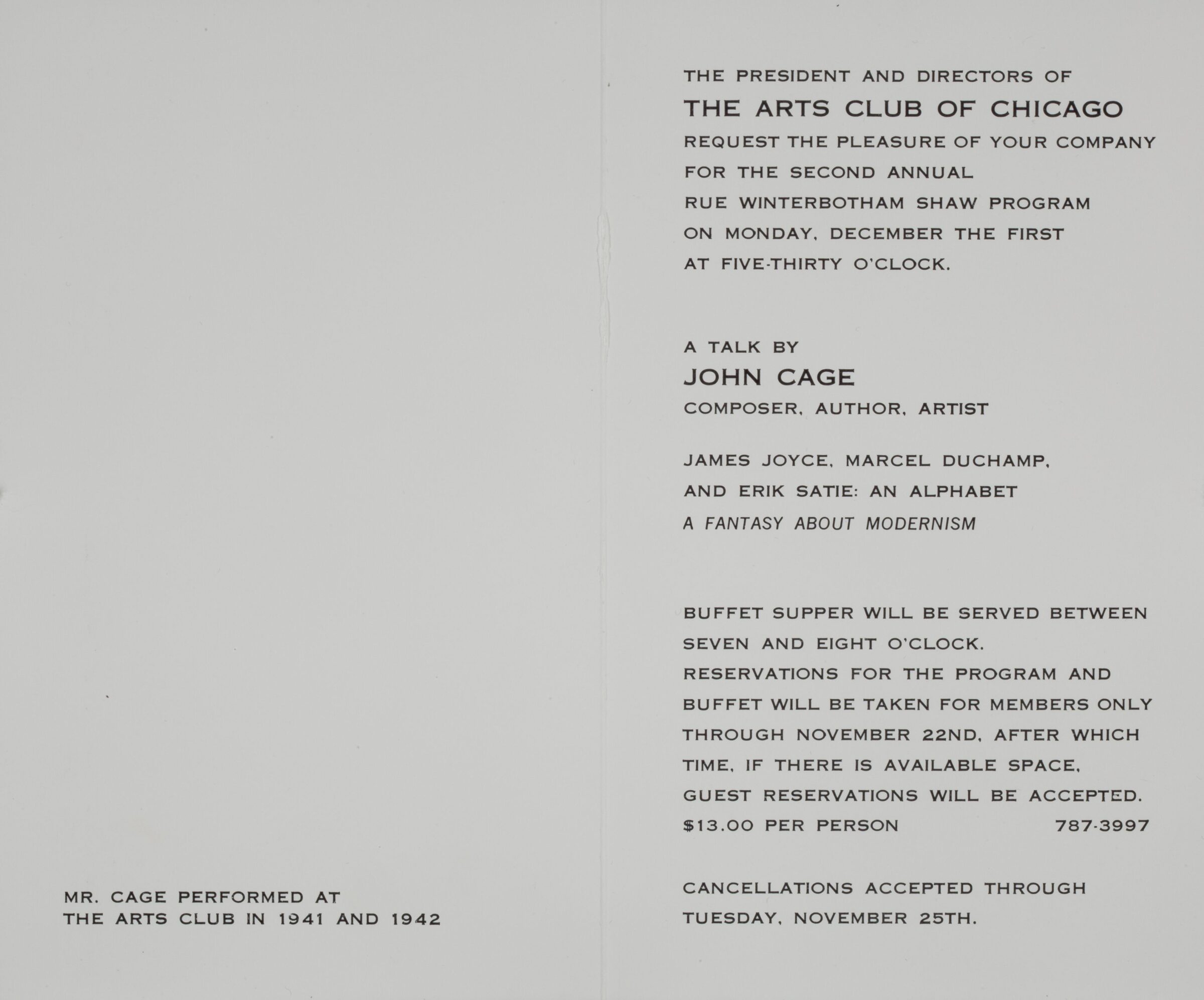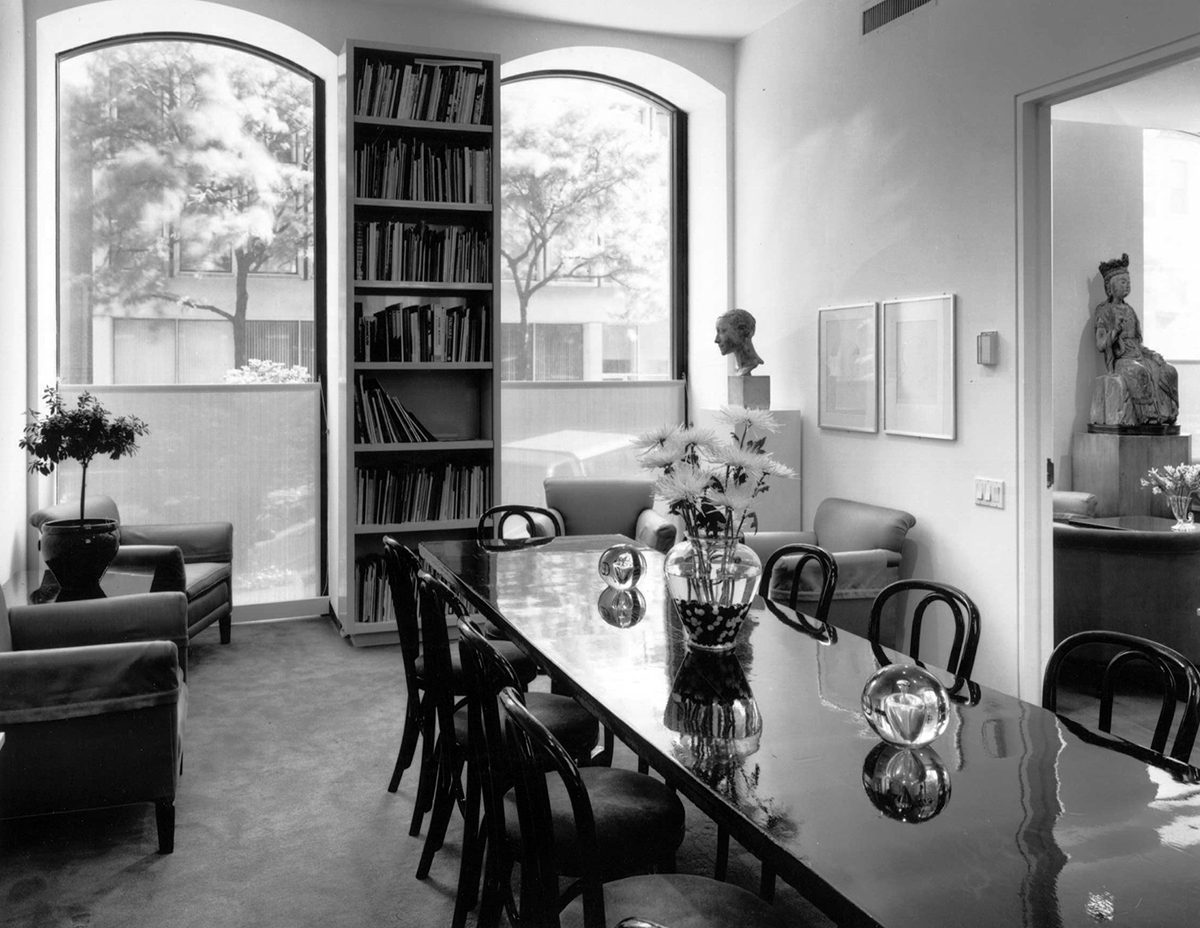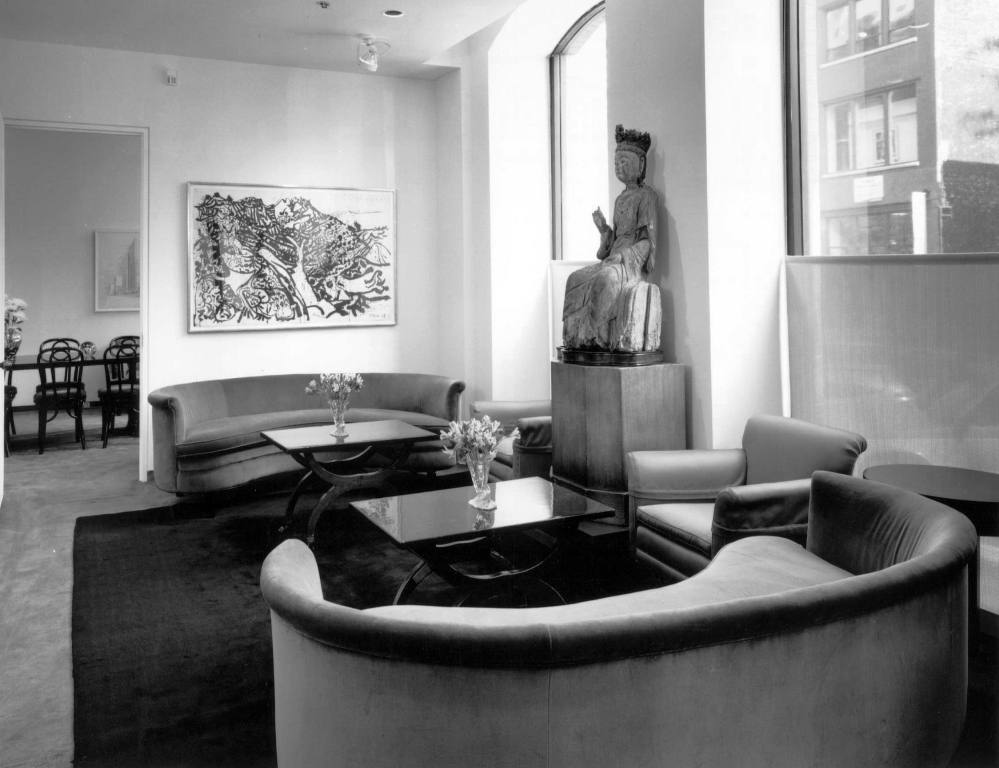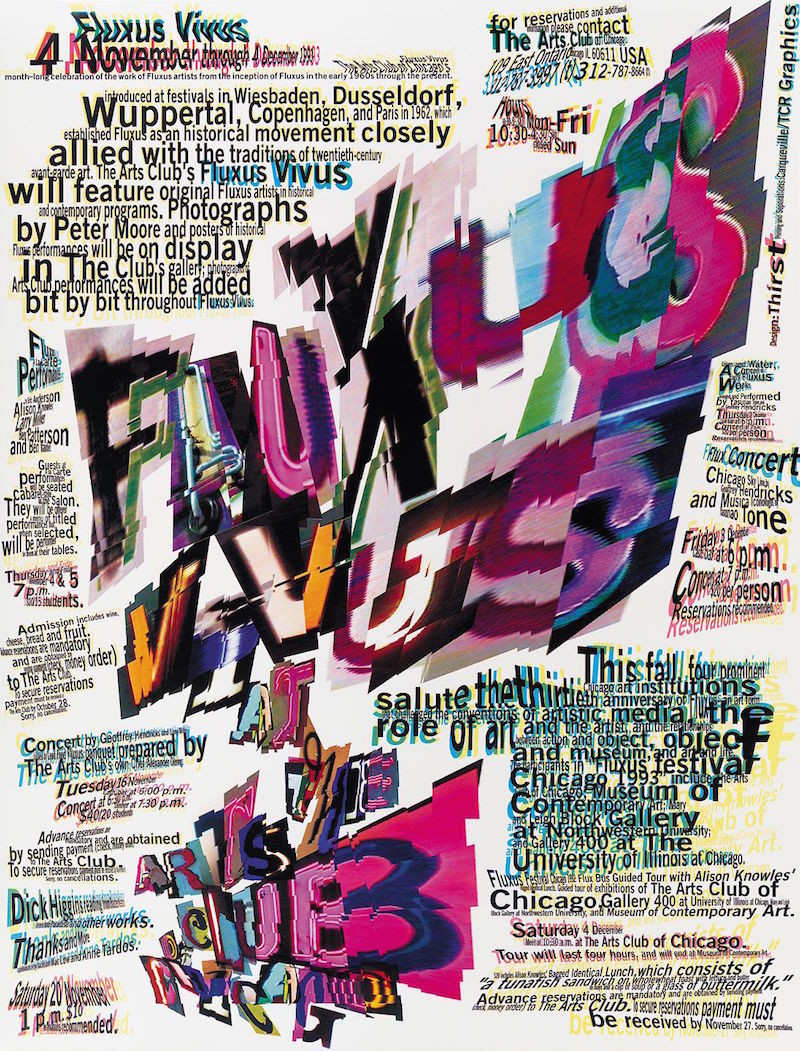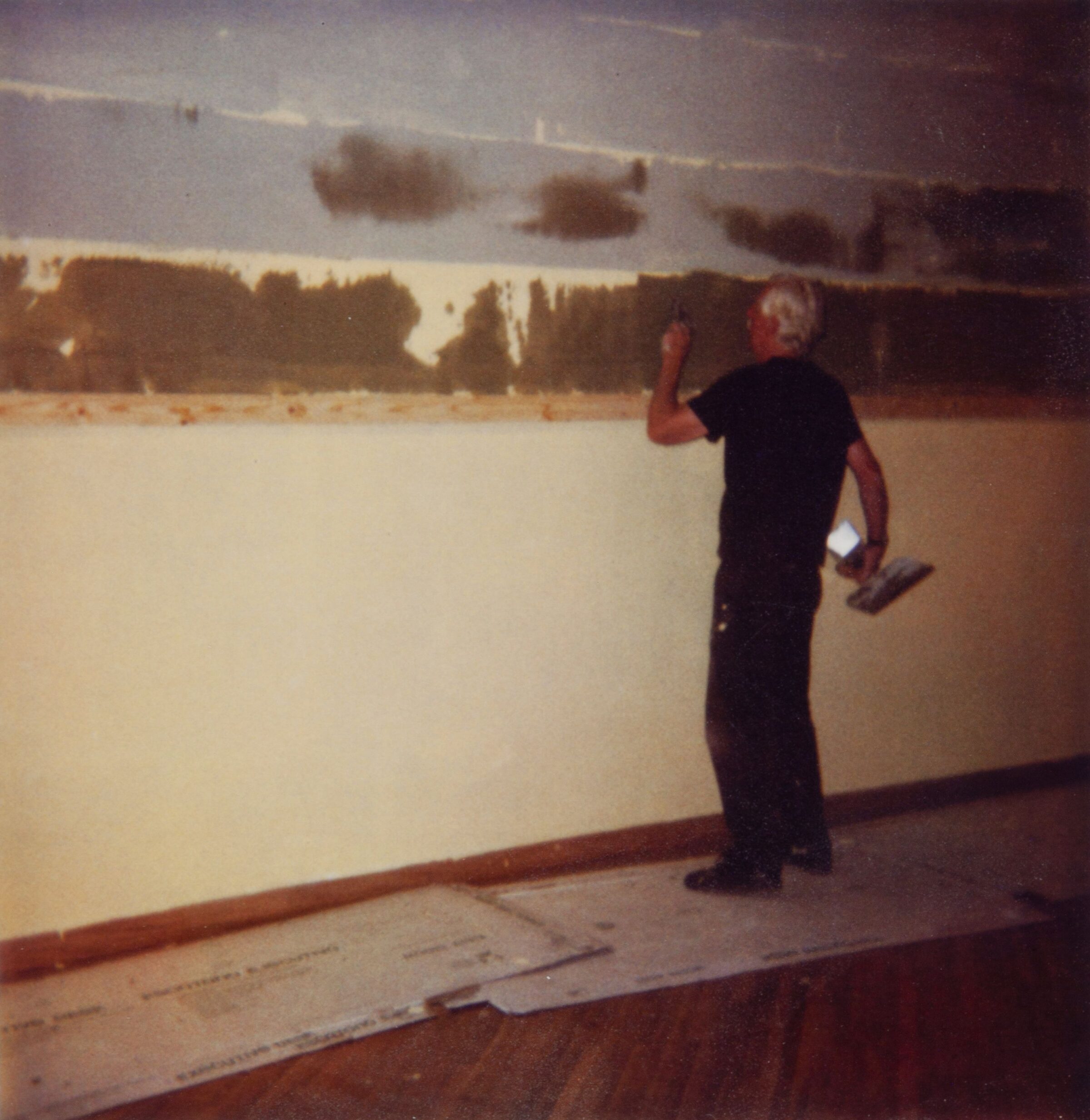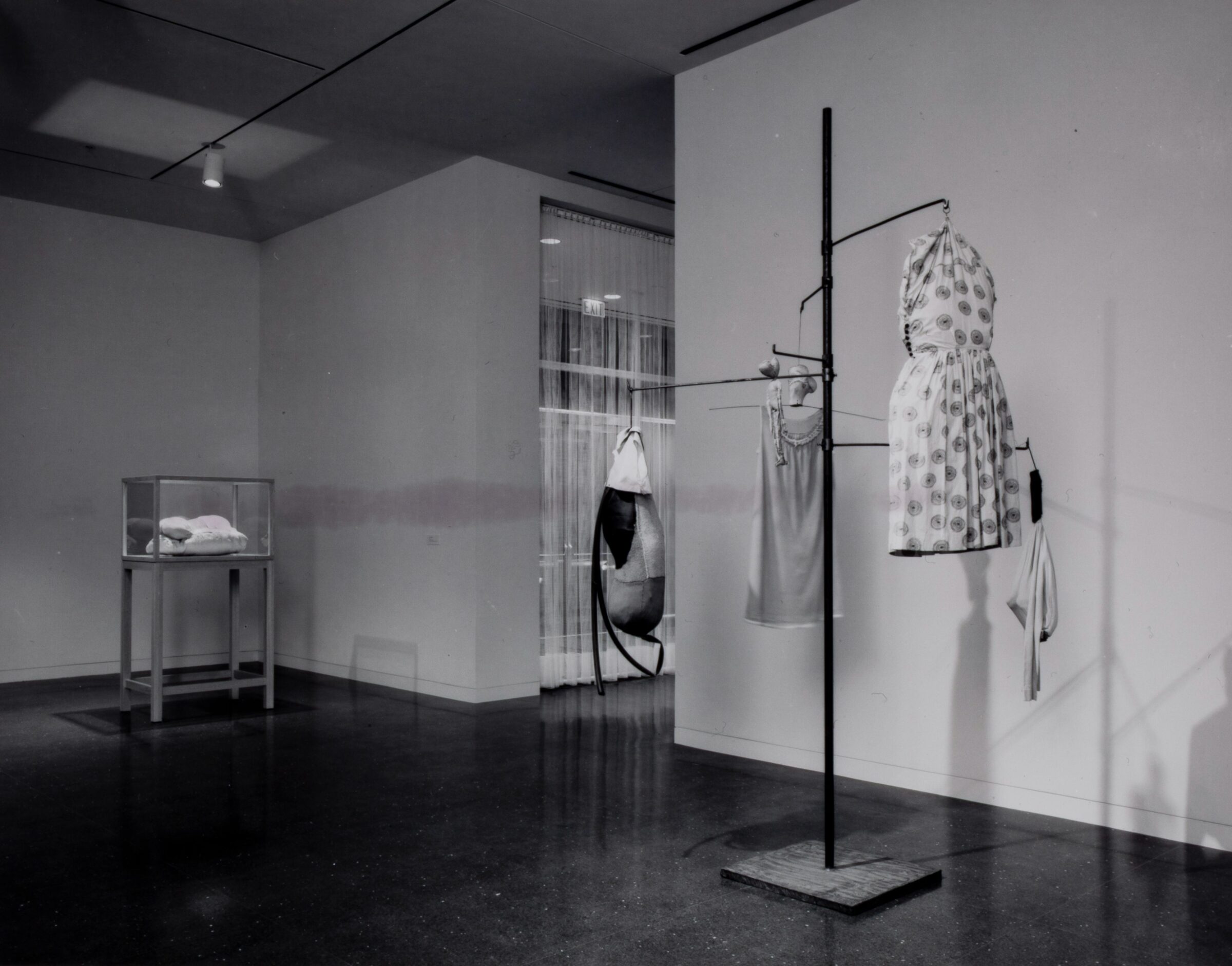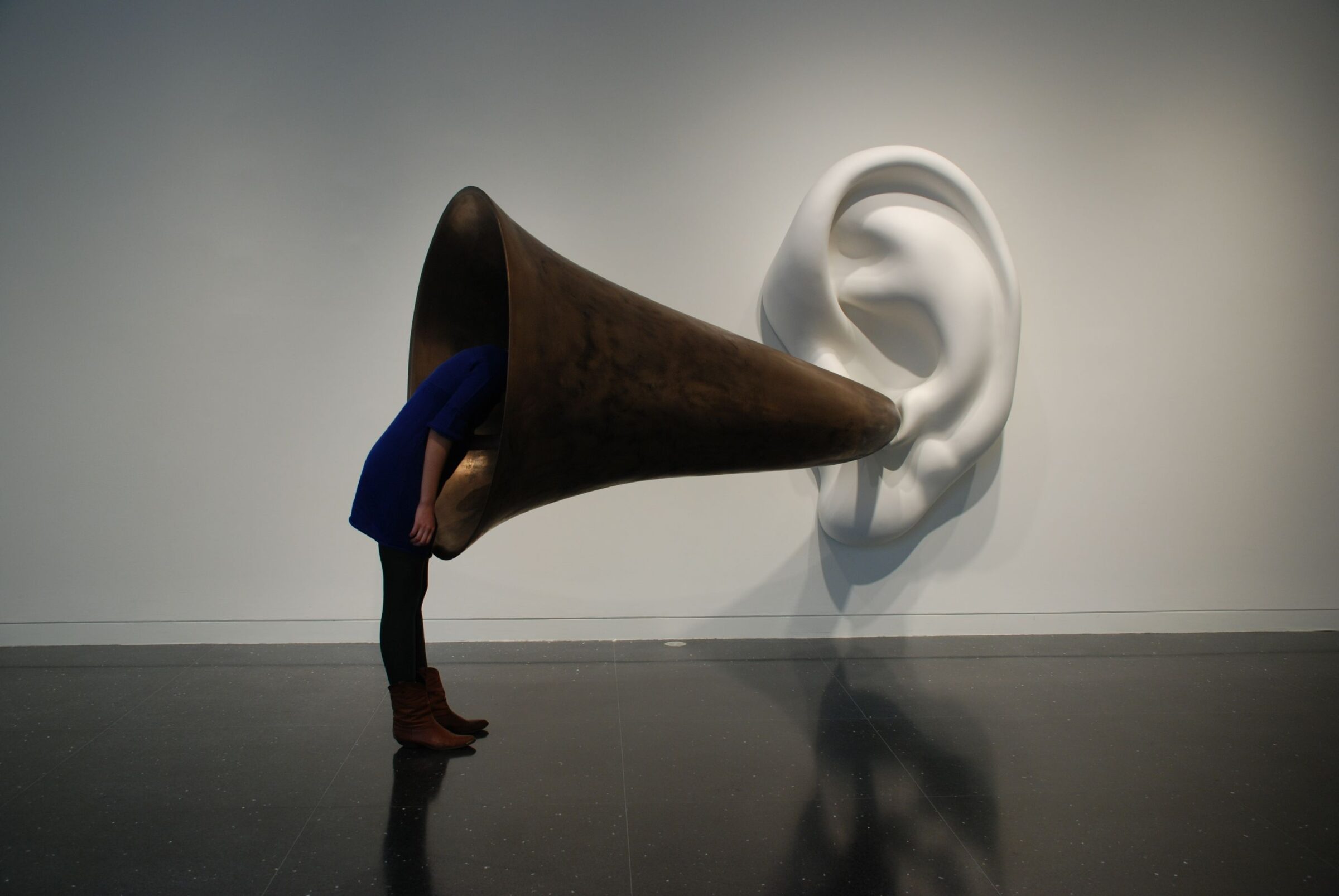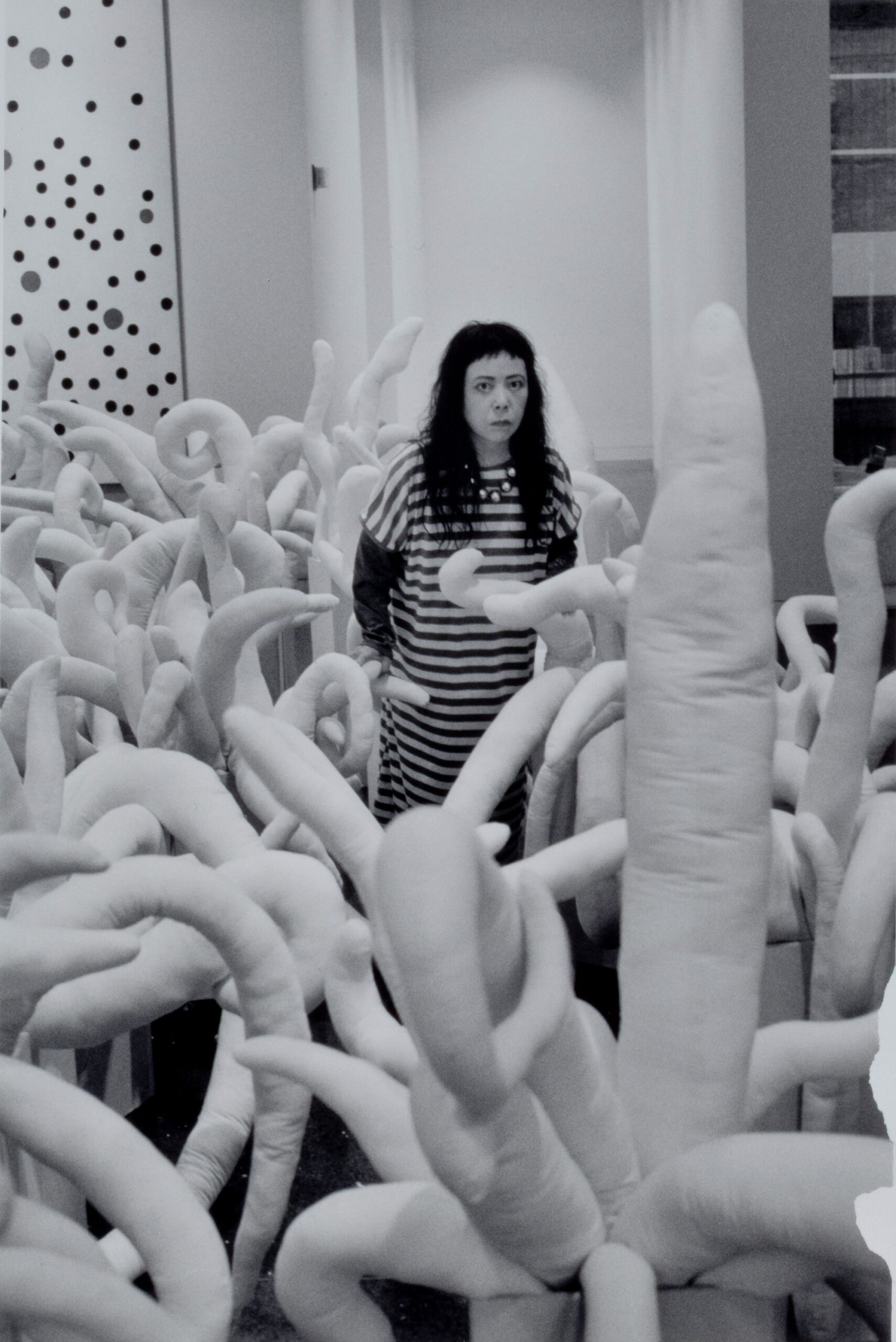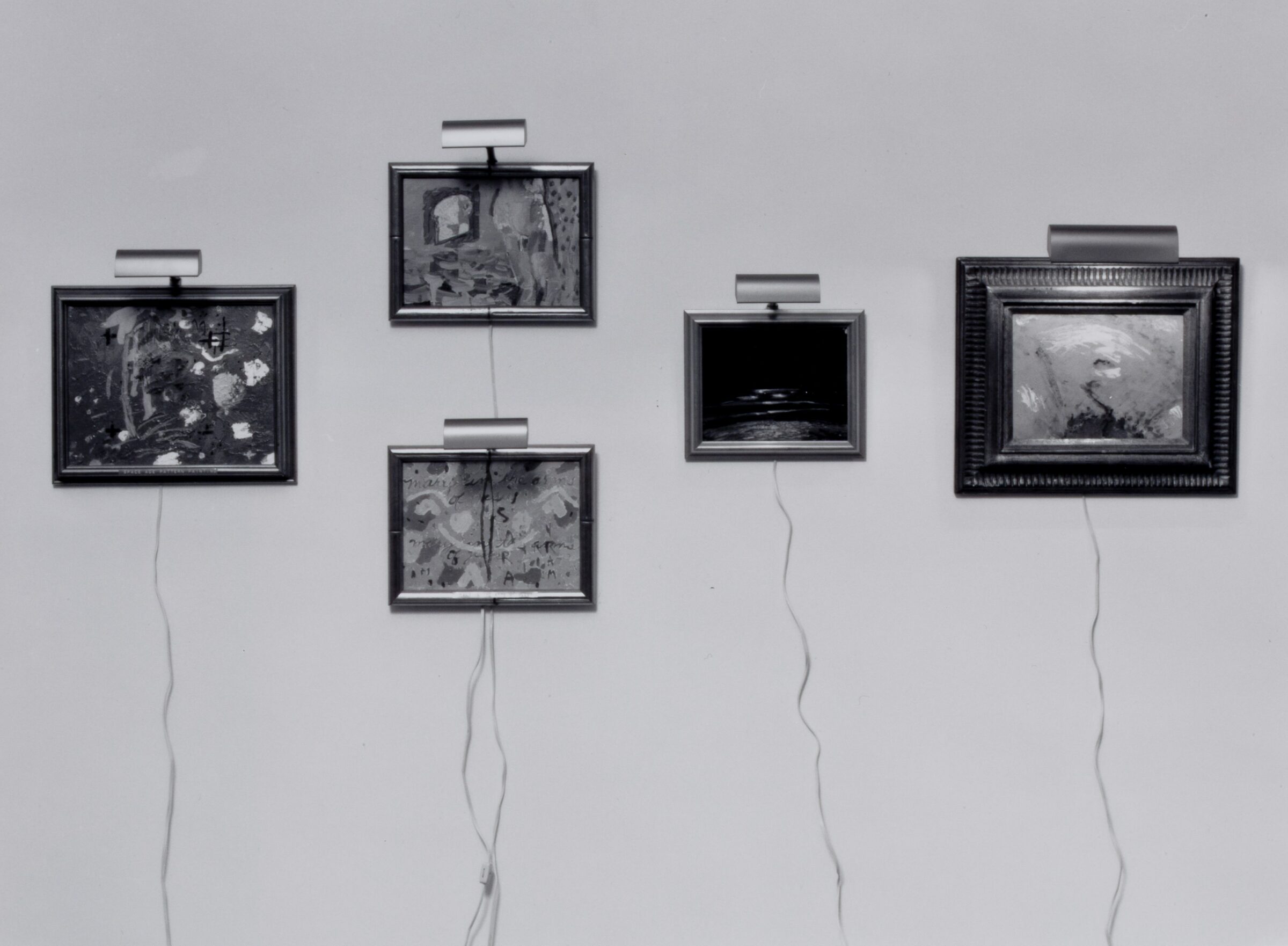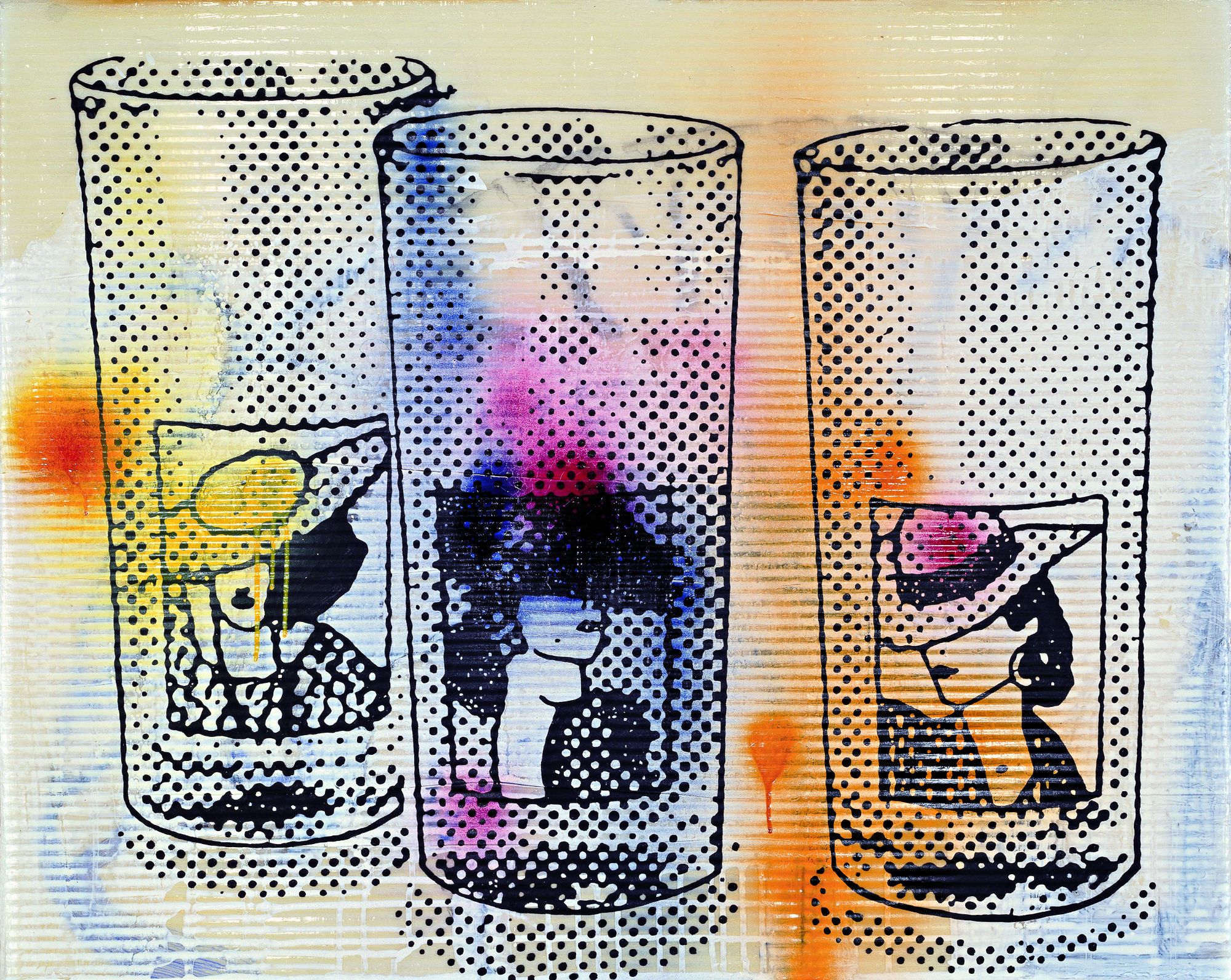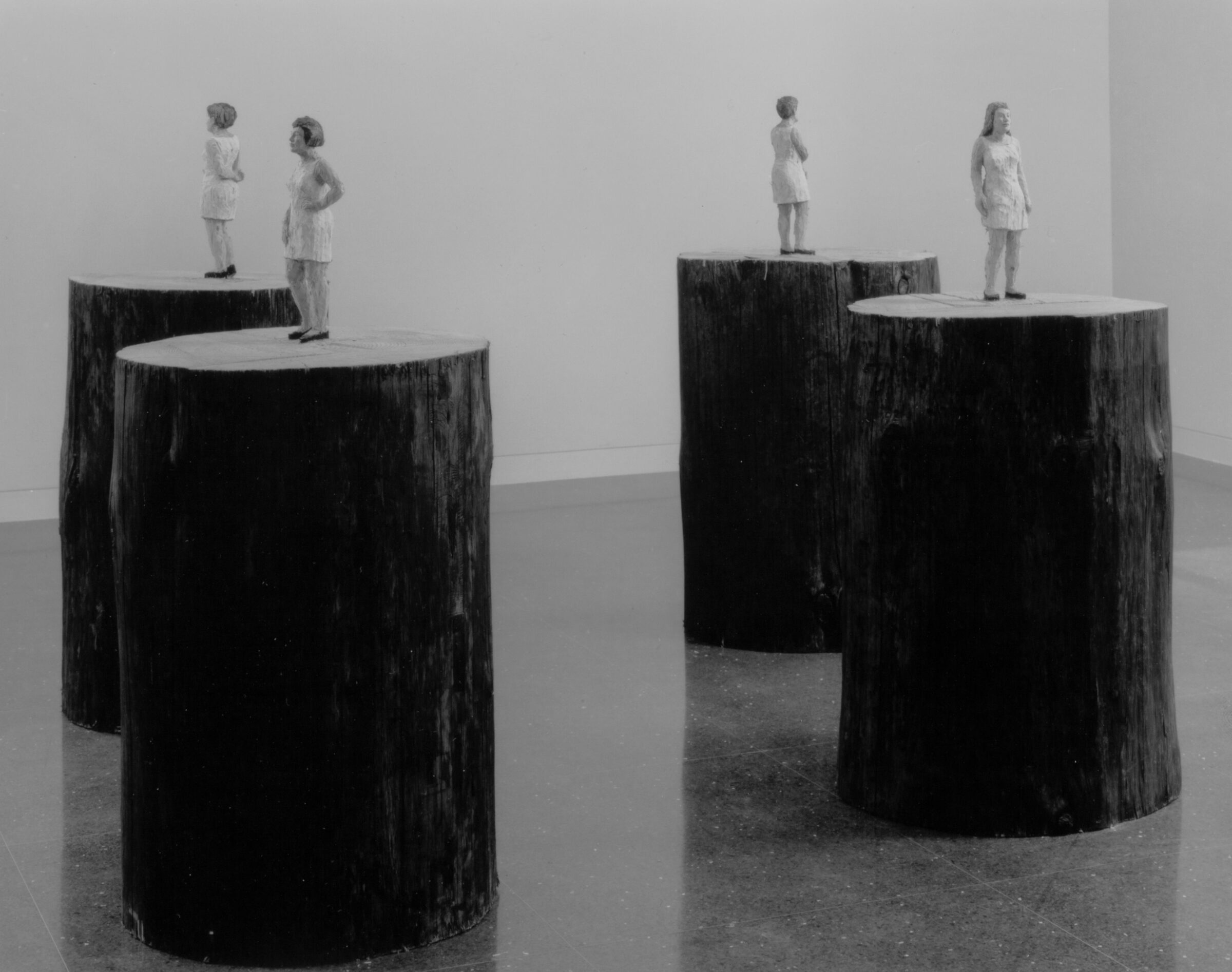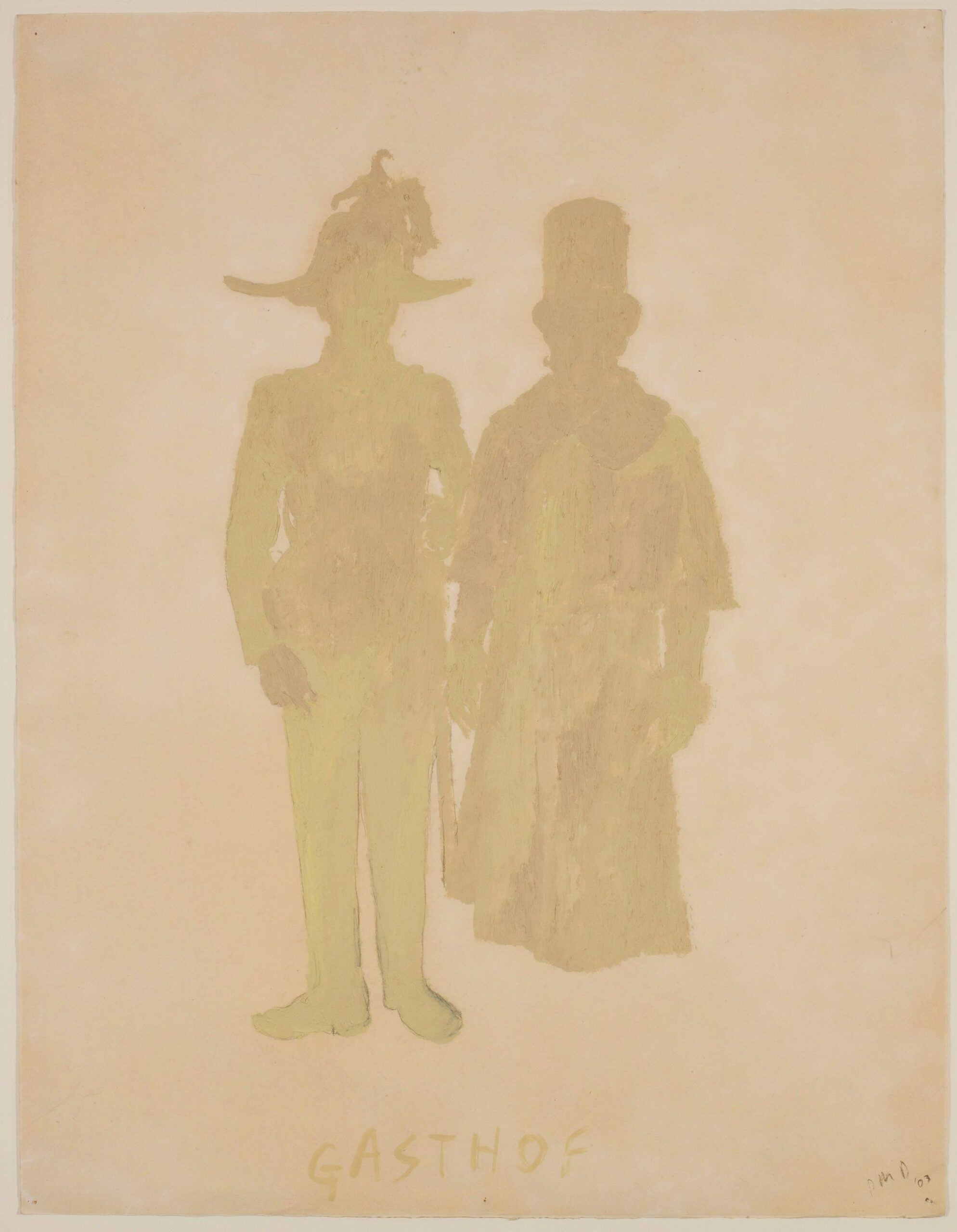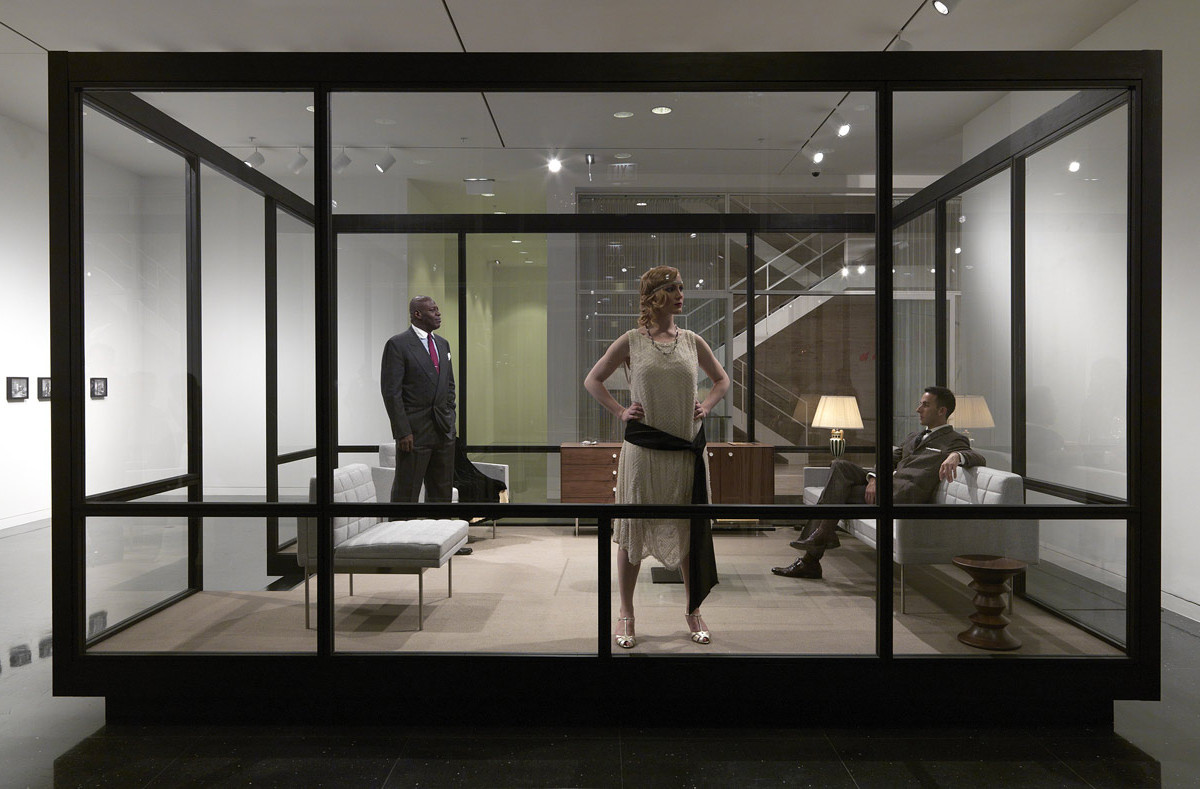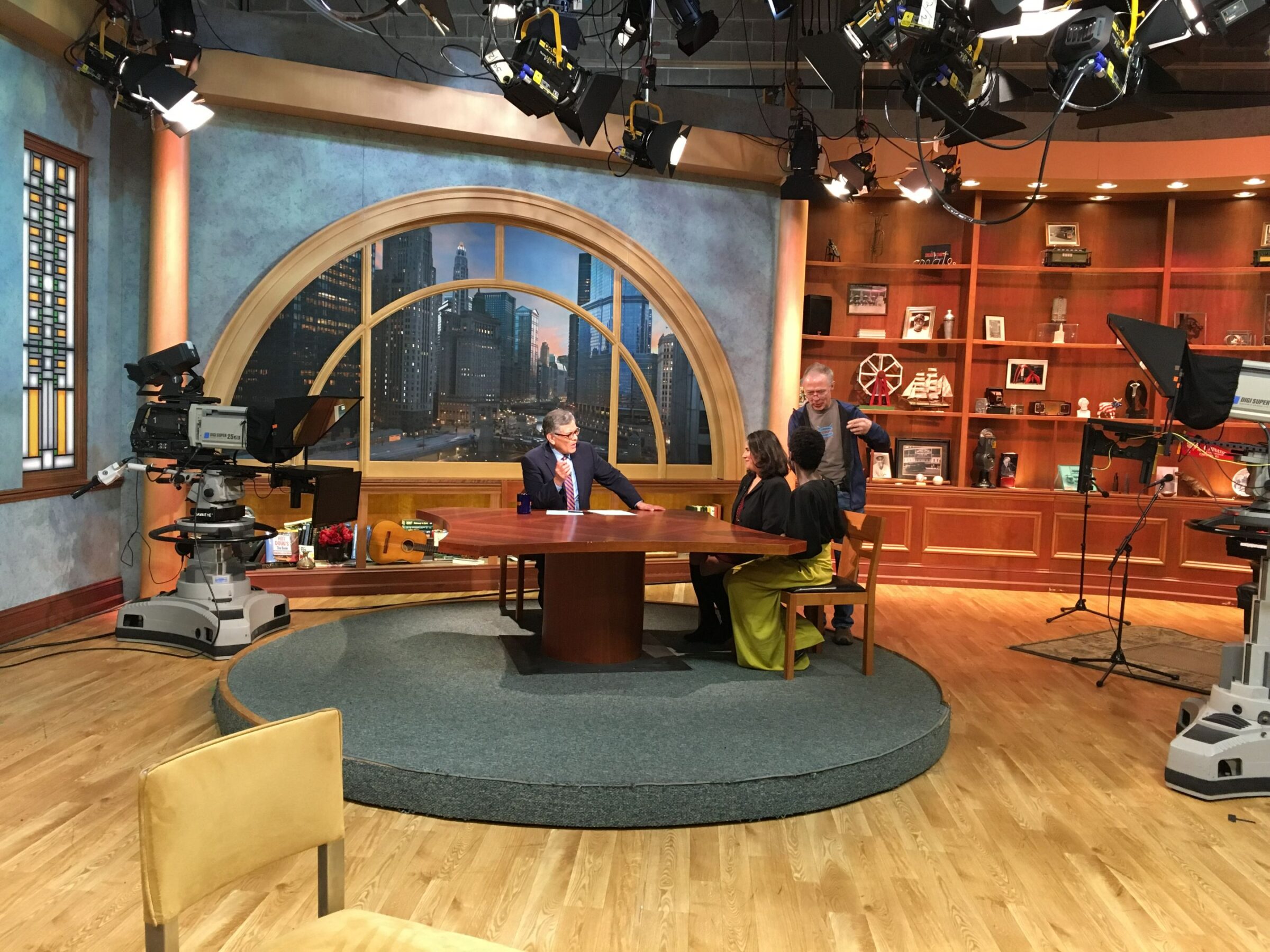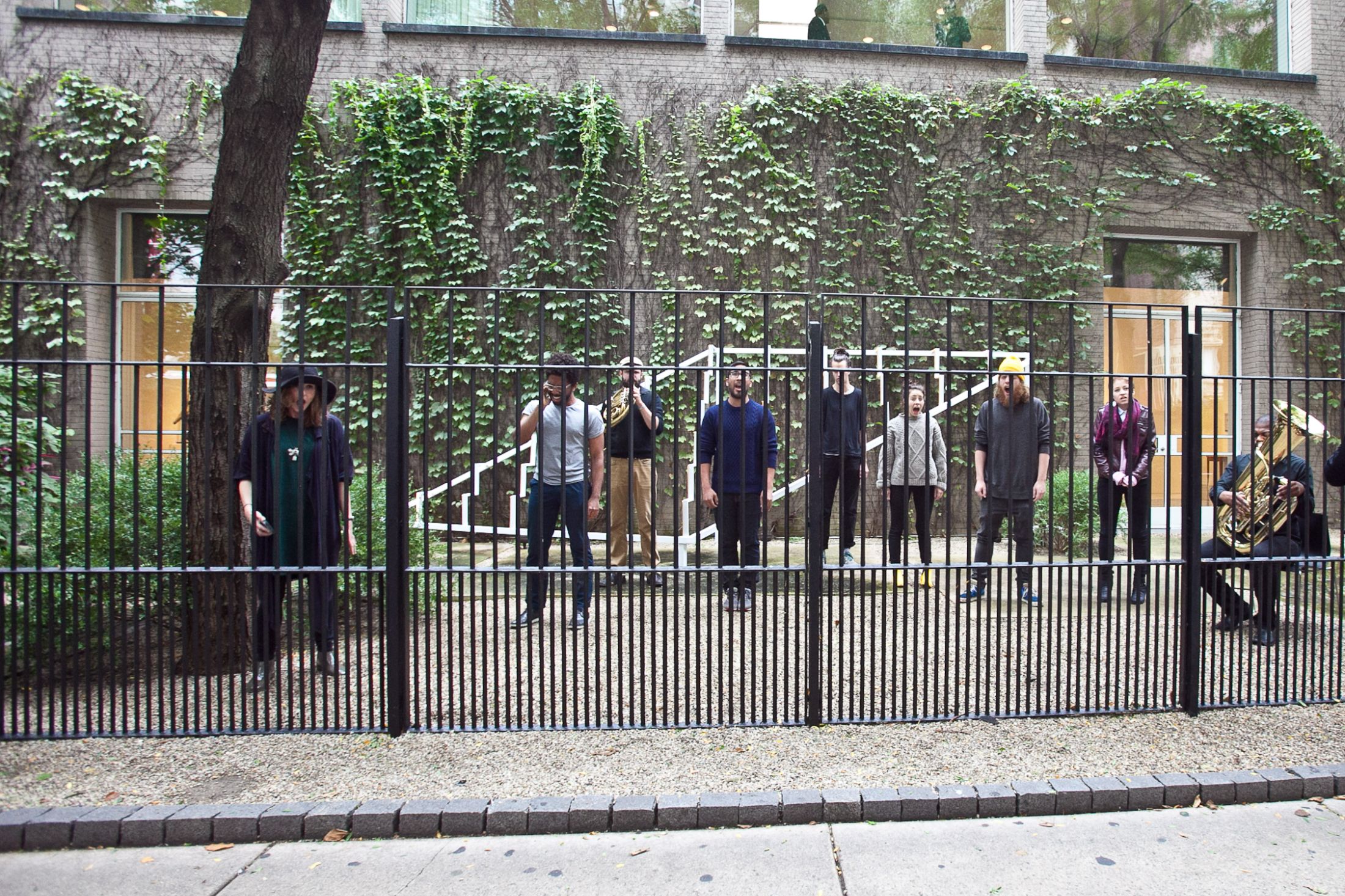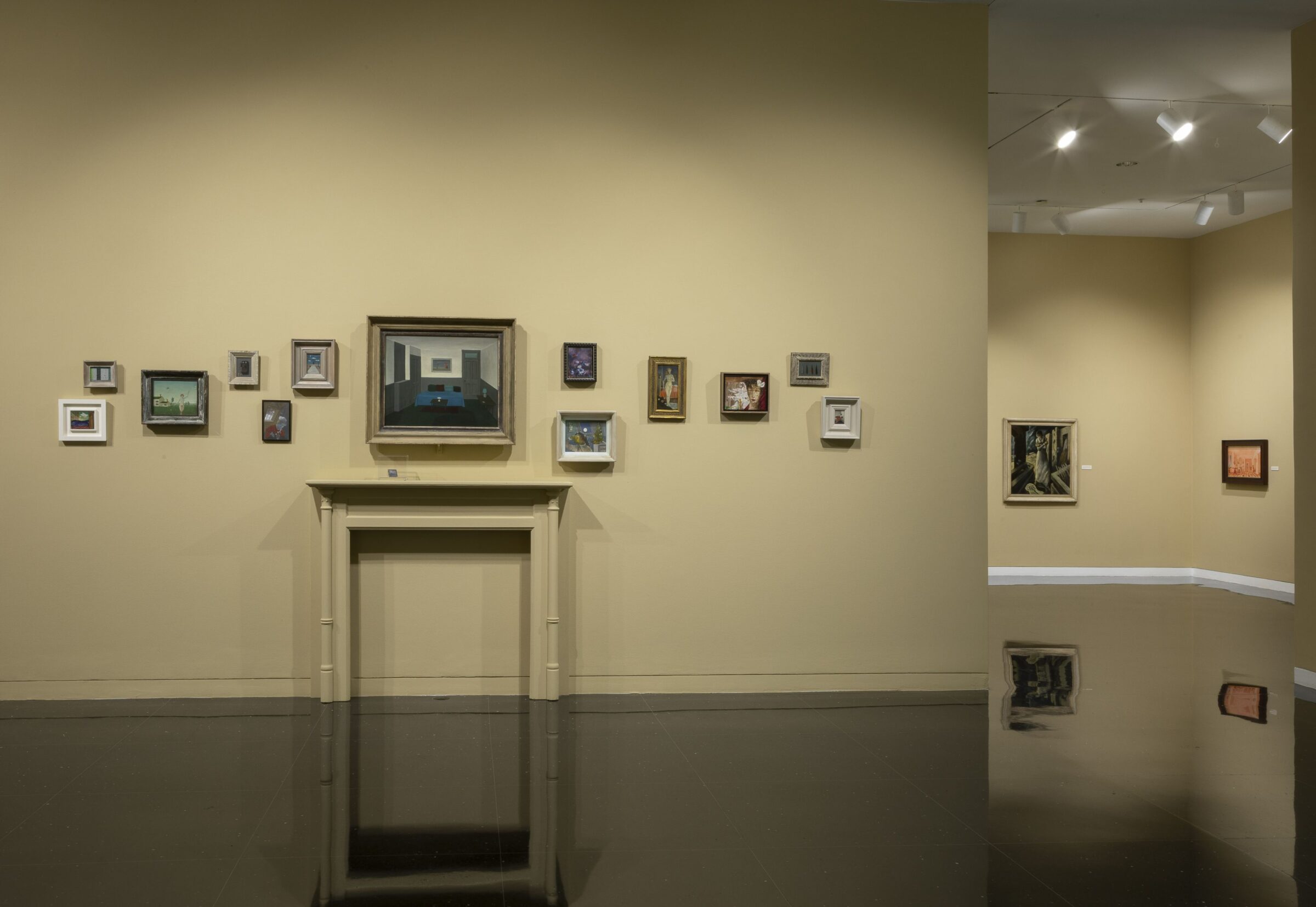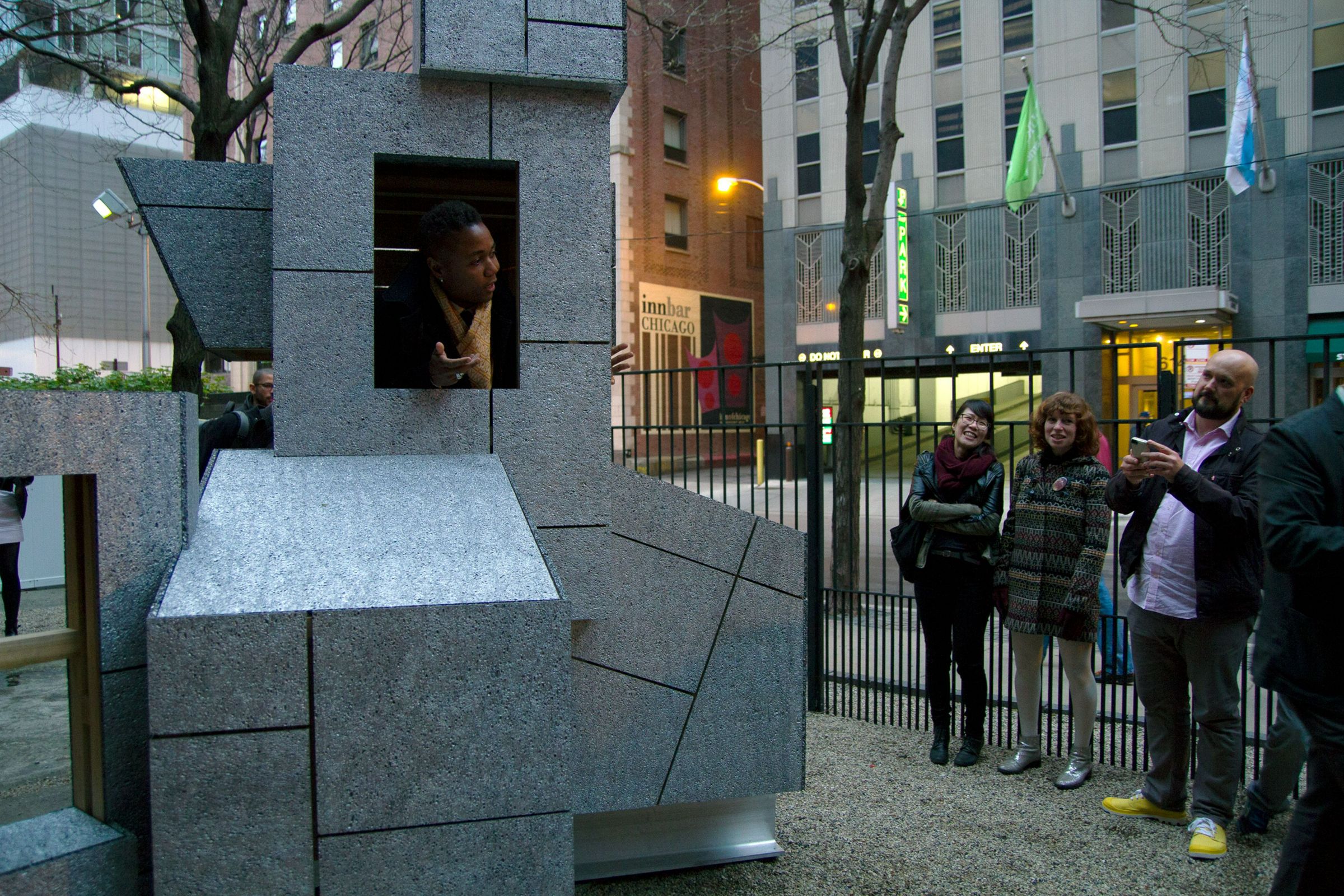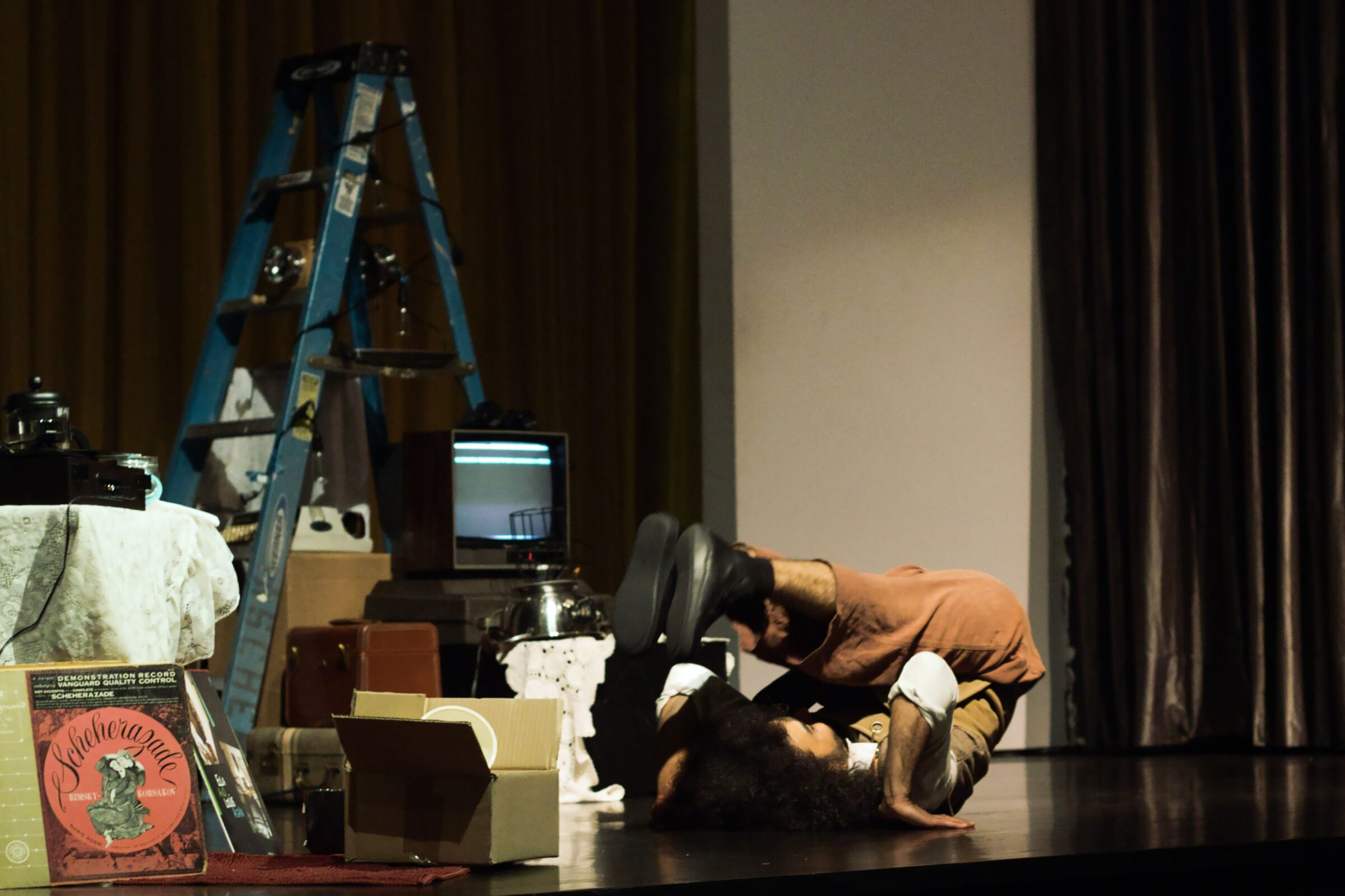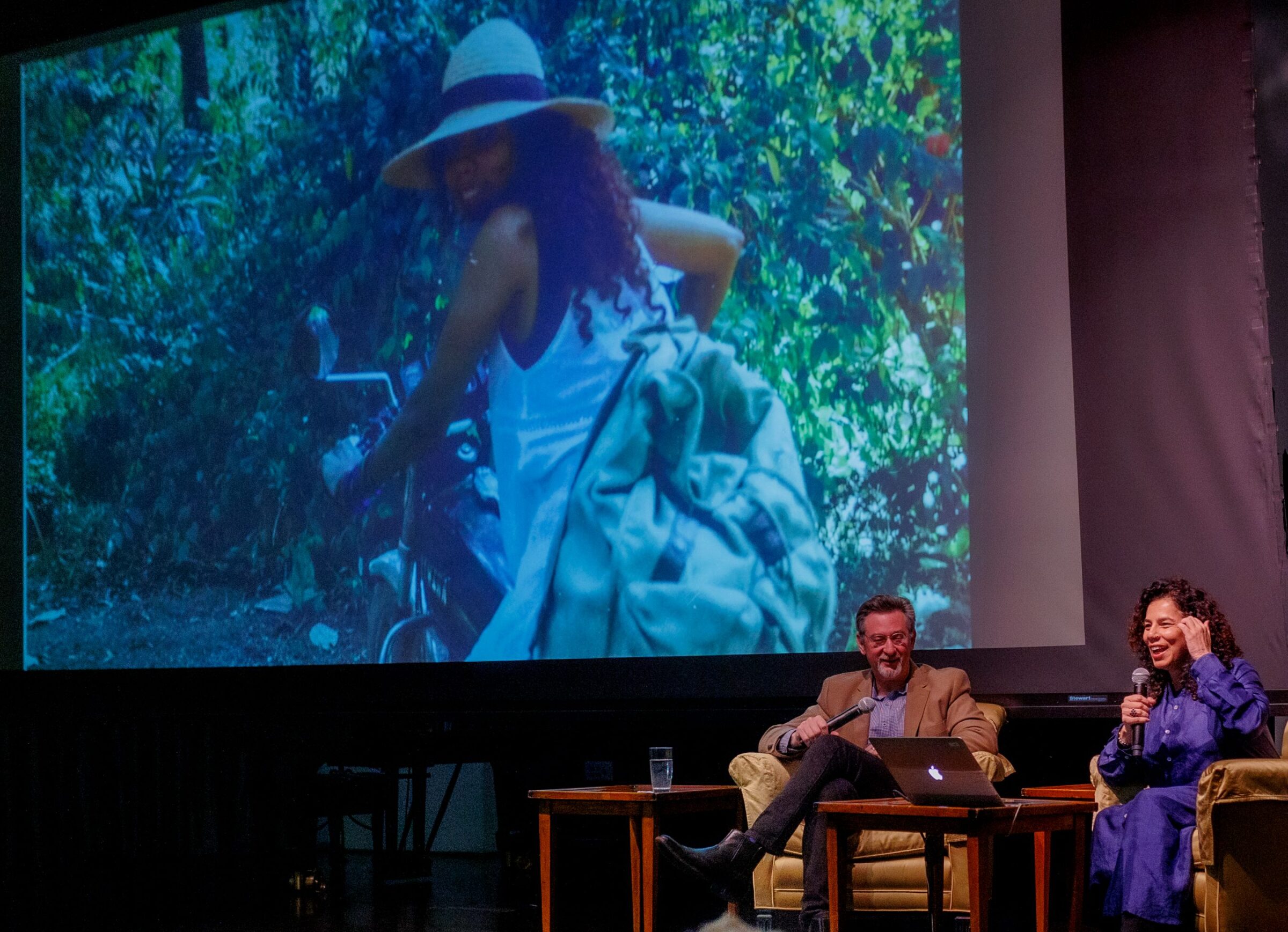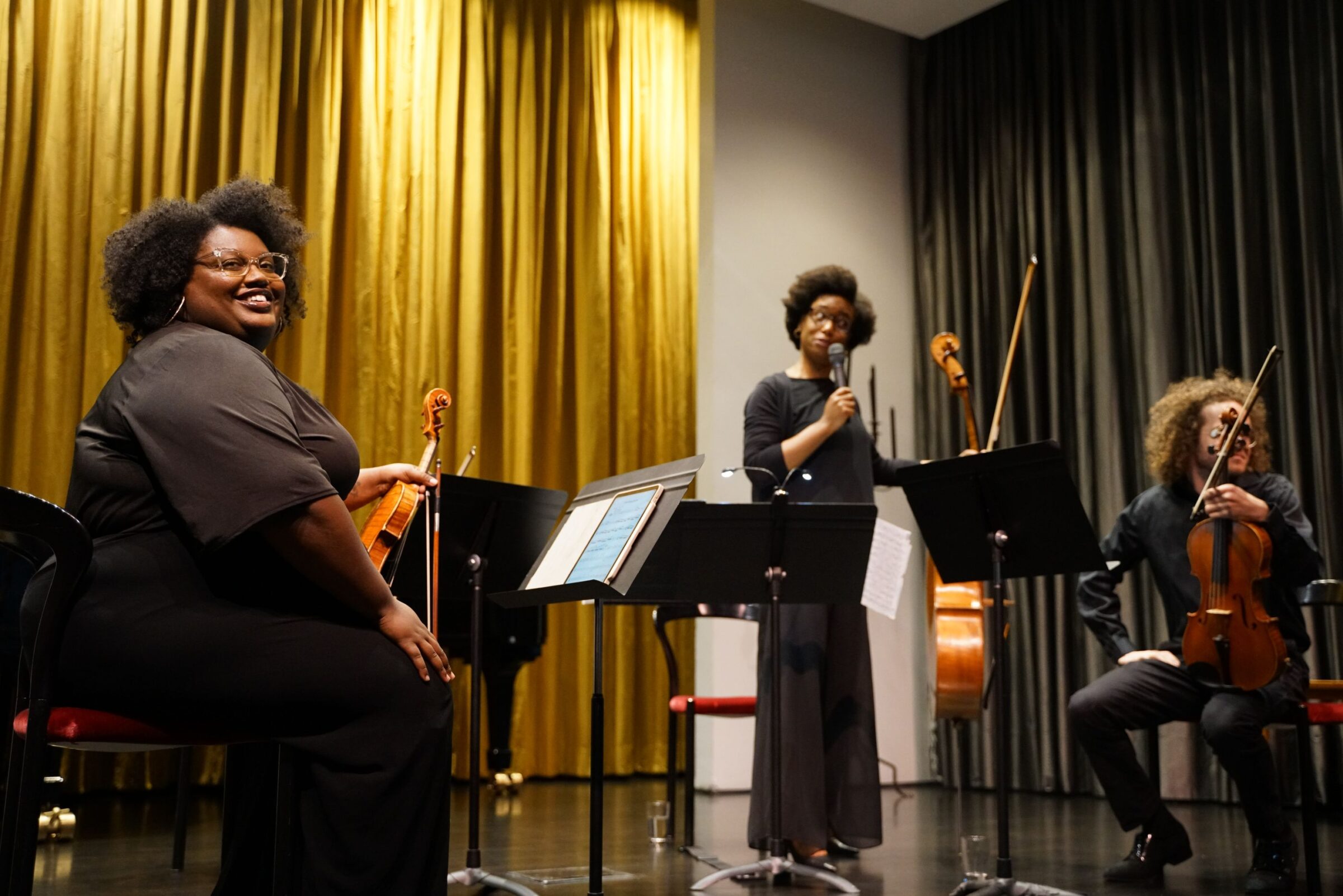History
Introduction
The Arts Club of Chicago was established in 1916 in the wake of the scandalous Armory Show, which was on view at the Art Institute of Chicago in 1913. The Arts Club’s founders– made aware of the exhibition’s negative reception in Chicago– aimed to make a home for challenging art, music, and ideas in the city. Conceived as an exhibition and social space that would cultivate sophisticated conversations around a range of media, The Arts Club has maintained its core interest in presenting culture “in the making”, serving as a key venue in Chicago for the presentation of work by the national an d international avant-garde. The Arts Club pursued this goal years before the establishment of other organizations committed to a similar purpose, including New York’s Museum of Modern Art (1929).
The legacy of The Arts Club’s exhibitions, acquisitions, programs, and quarters can be traced back to the leadership of several visionary and dedicated women: three presidents– Rue Winterbotham Carpenter (who led from 1918 to 1931); Elizabeth “Bobsy” Goodspeed (1932-1940); and Rue Winterbotham Shaw (1940-1979)– along with Alice Roullier, head of the Exhibition Committee from 1918 into the 1940s. The instrumental roles they played in determining The Arts Club’s direction have inspired those who have taken their place in leading The Arts Club into its second century.
In 2016, The Arts Club marked its Centennial with a comprehensive catalogue and a series of programs, conversations, and events celebrating its rich history and legacy. To purchase the Centennial catalogue and other publications, please visit The Art Club’s online shop.
1916–1926: Founding
The Arts Club is founded following the controversial exhibition of modern art known as The Armory Show. Rue Winterbotham Carpenter becomes President in 1918 and directs the club toward international awareness and better quarters at 610 S. Michigan Ave. The exhibition program is led by Alice Roullier, the daughter of a French art dealer based in Chicago. From 1922 through 1927, the Club oversees a gallery in the Art Institute of Chicago, thereby expanding its reach and consolidating its relevance to the Chicago art community.
1927–1941: Expansion
Moving to larger rooms in the Wrigley Building, the Arts Club takes on increasingly ambitious exhibitions of international artists. Marcel Duchamp organizes an exhibition of Brancusi sculpture in 1927. After Carpenter’s sudden death in 1931, the club reestablishes itself under the direction of Bobsy Goodspeed. She is instrumental in bringing Gertrude Stein to Chicago in 1934 and shows broad tastes in art.
1942–1979: Establishment
Rue Shaw, niece of the first Rue, begins a long tenure as President of the Club. She is noted for inviting the then-unknown composer John Cage to perform. Close friends with artists and architects, she leaves an important material legacy at the Club. In 1942, Shaw commissions Red Petals from Alexander Calder and then, after a rough period that leads to a temporary closure, convinces Mies van der Rohe to design new rooms to house the Club. The Mies space at 109 E. Ontario St. opens in 1951 with a landmark lecture by Jean Dubuffet entitled Anti-Cultural Positions, and hosts artists including Marc Chagall and Louise Nevelson.
1980–1997: Negotiations
The next long-standing President, Stanley Freehling, oversees an era in which The Arts Club is forced to reconsider its position in the Chicago cultural scene. With the growth of the Museum of Contemporary Art and more serious attention paid to contemporary art at the Art Institute, The Arts Club’s role is redefined with an emphasis on a close community of participants. Faced with losing the Mies-designed space, Freehling oversees the sale of Golden Bird by Constantin Brancusi to the Art Institute to finance the construction of a new building. The Arts Club occupies a temporary residence at 222 W. Superior St. during construction.
1998–2011: Refinement
Establishing a permanent home at 201 E. Ontario St. designed by John Vinci, The Arts Club focuses on presenting world class exhibitions while continuing to cultivate a society of arts professionals, collectors, artists, and critics. Under Executive Director Kathy Cottong, the exhibition program includes such highlights as Marcel Broodthaers, John Baldessari, Alighieri e Boetti, Yayoi Kusama, Paul Thek, Lawrence Weiner, and Maya Lin. Important additions to the permanent collection include paintings by Peter Doig, Alex Katz, and Sigmar Polke.
2012–Present: Renewal
Under the leadership of Executive Director and Chief Curator Janine Mileaf, the Arts Club returns to its history and foundations, rededicating itself to its mission to inspire spirited conversations around the arts. With expanded public programs, experimental performances, and garden installations by Chicago-based artists, the Arts Club looks to honor diverse audiences and makers while maintaining the architectural ambiance for which it is celebrated. Engaging world-class visual and performing artists, the Arts Club of Chicago intervenes on its modernist legacy through presentations of original and challenging visions.
